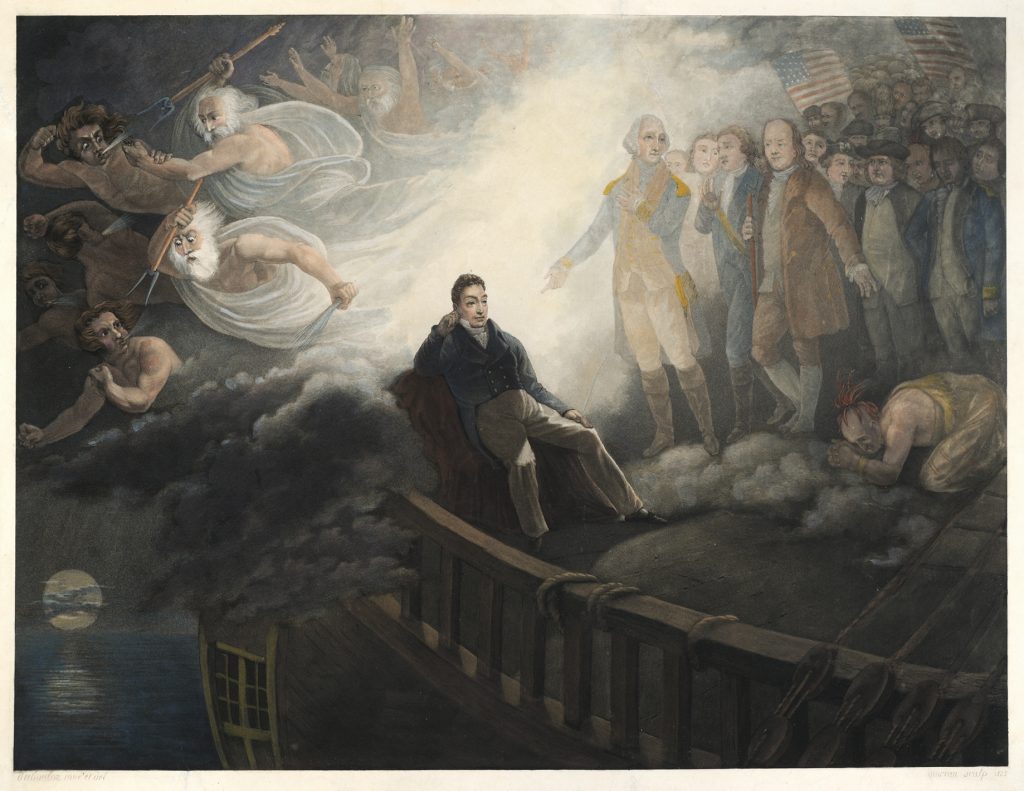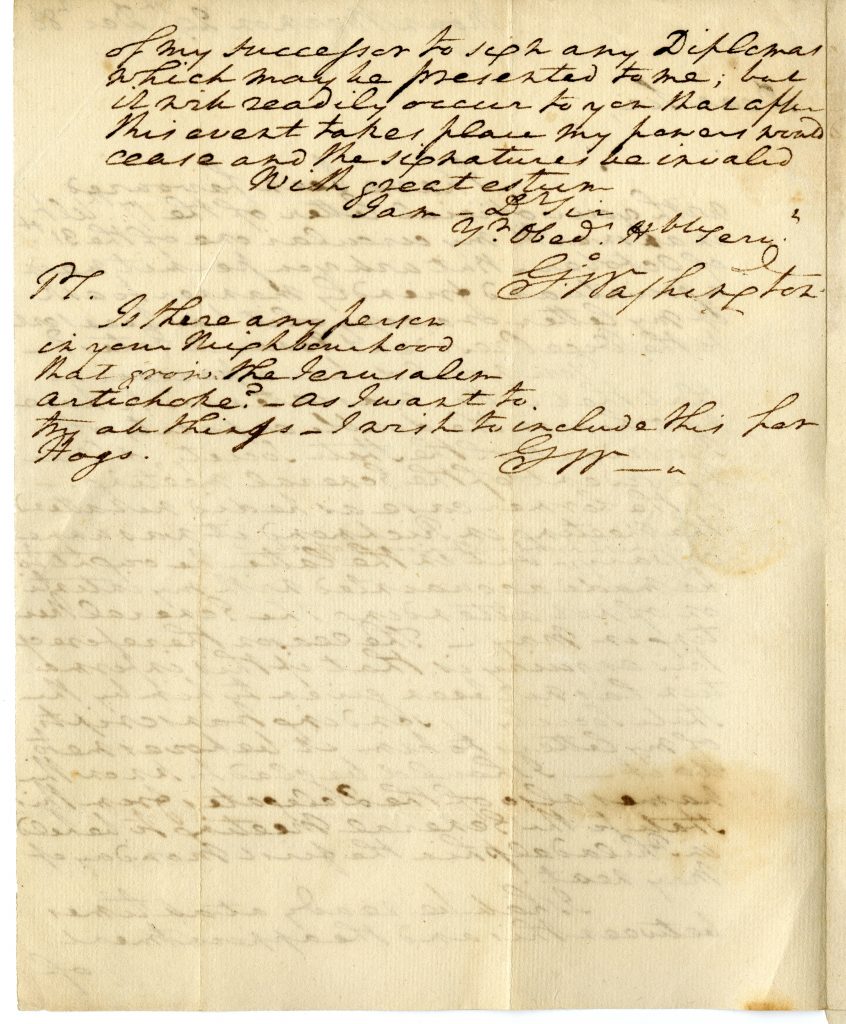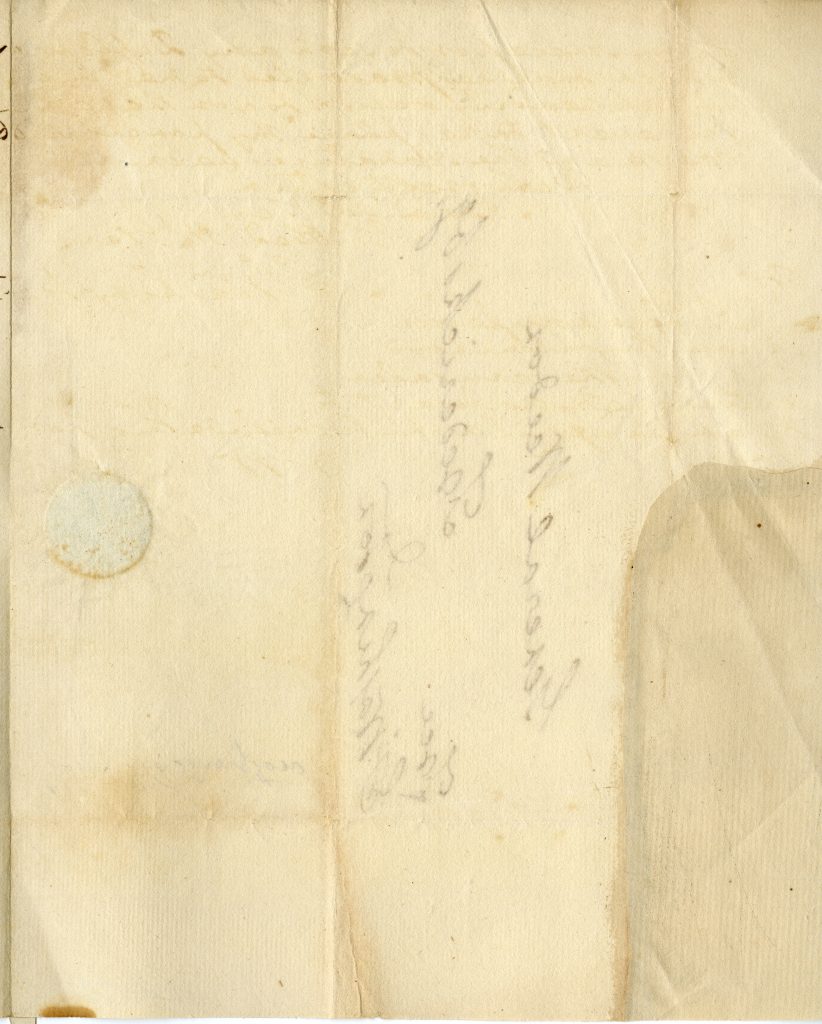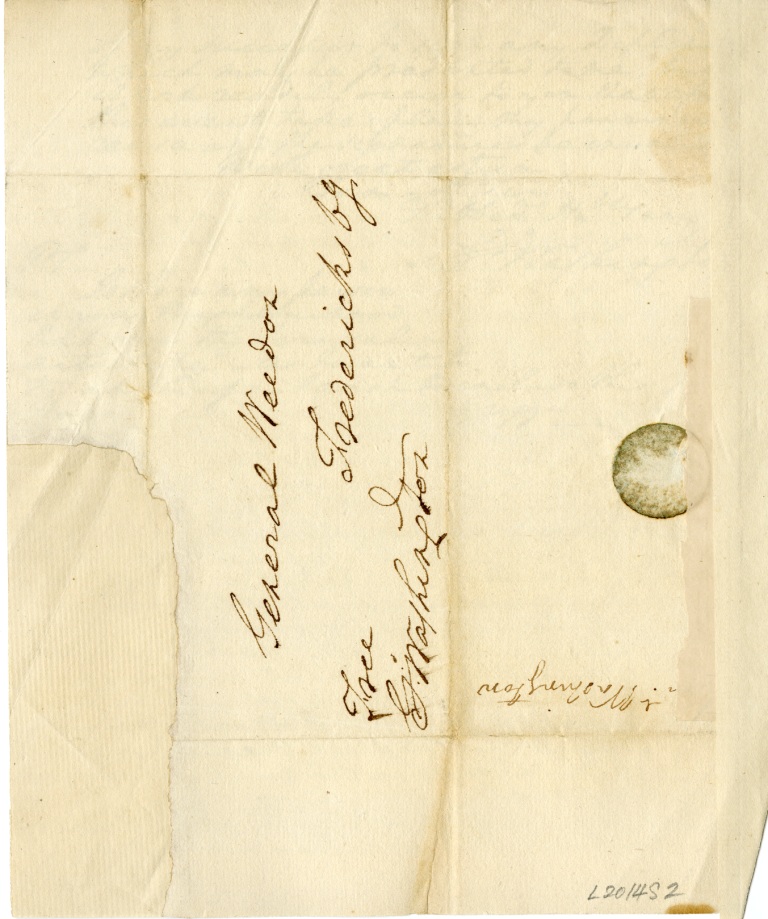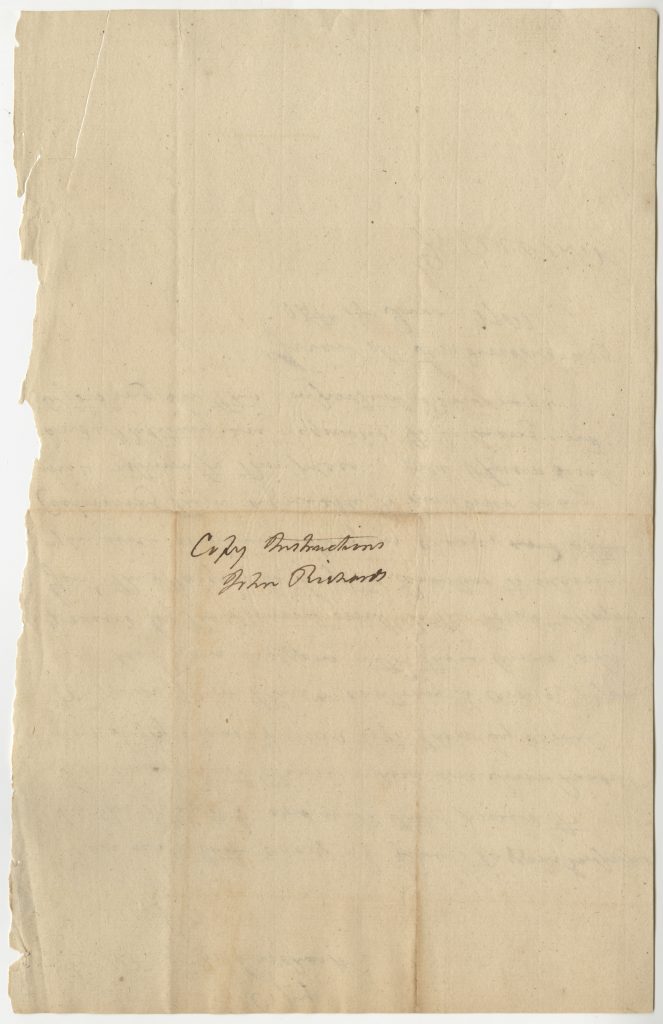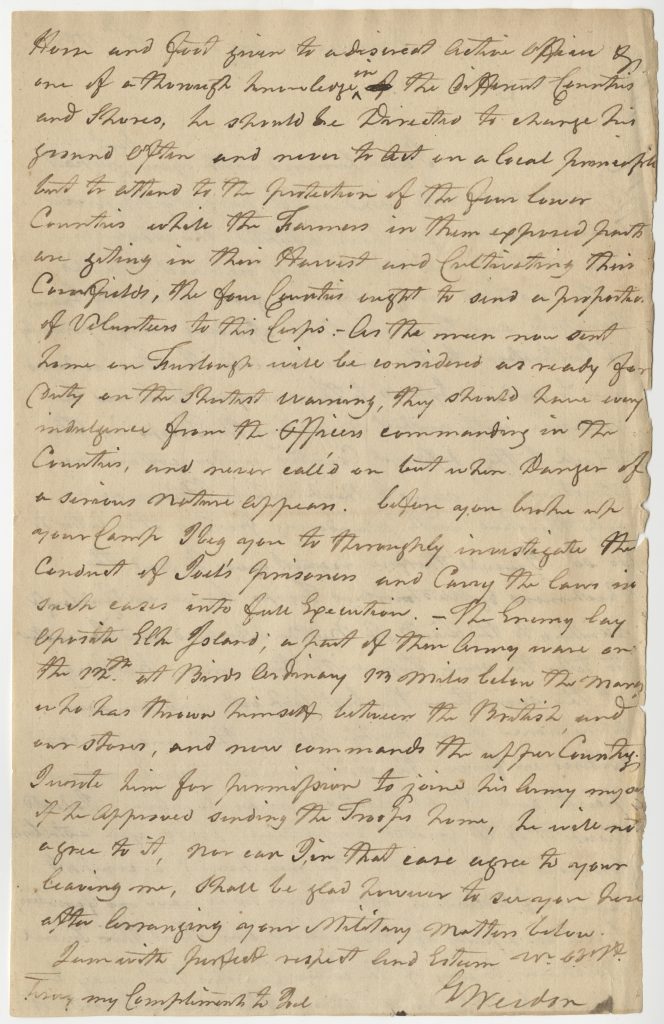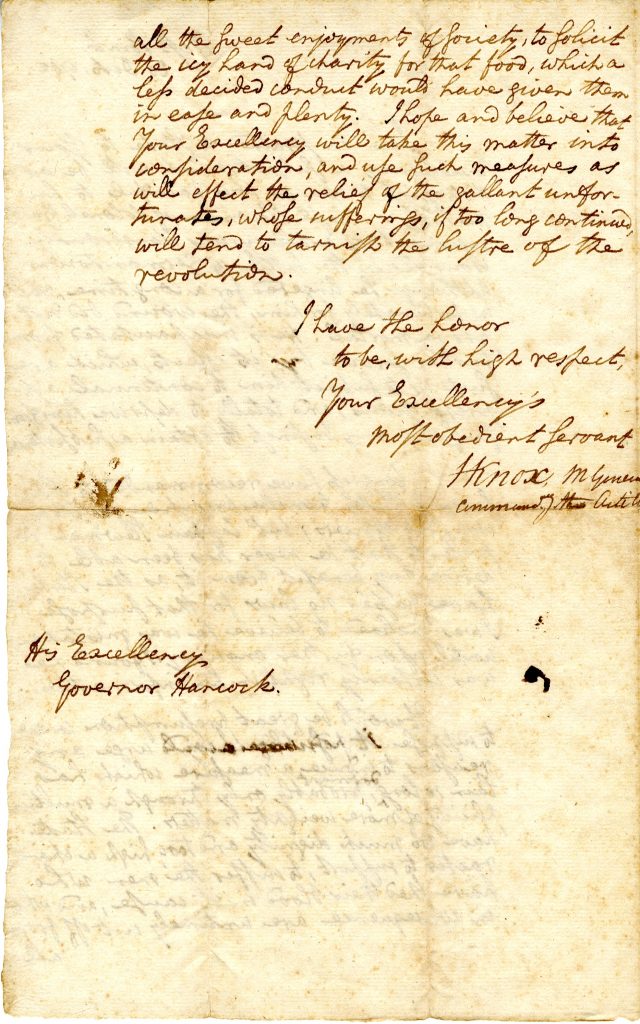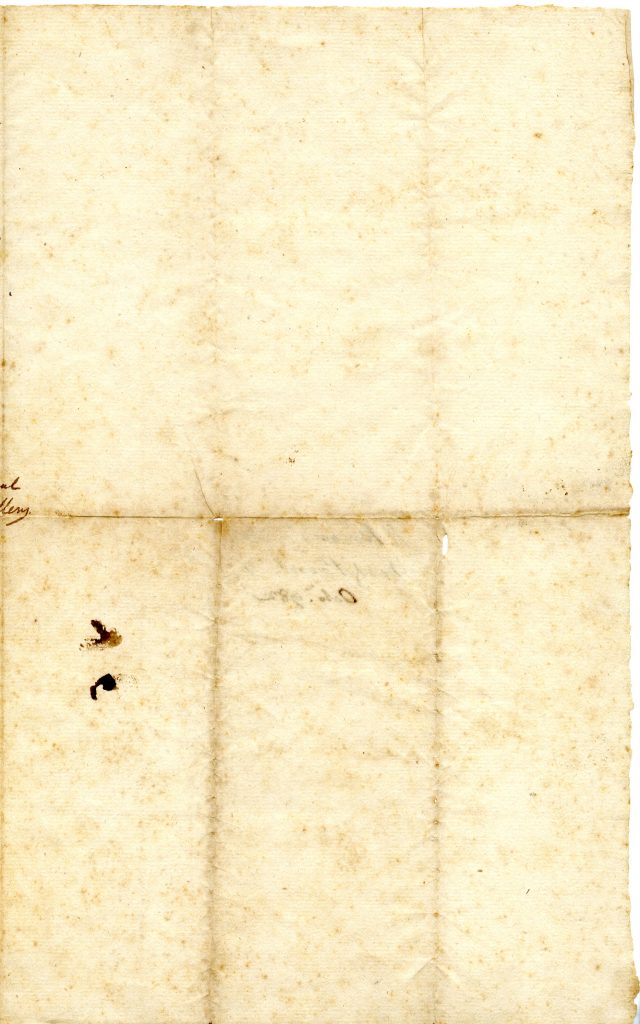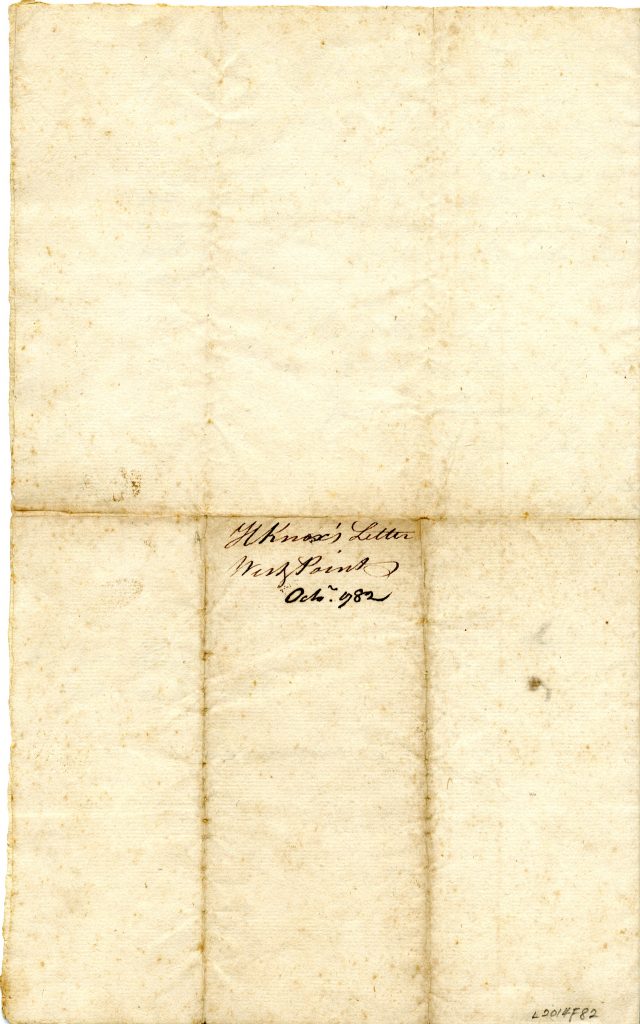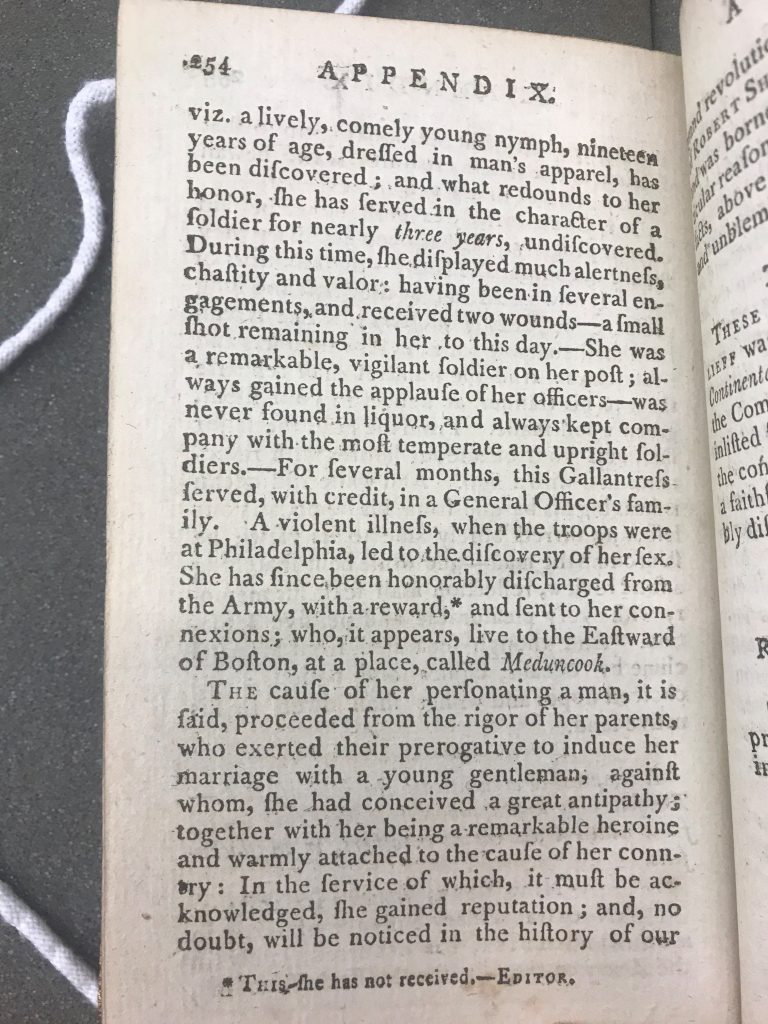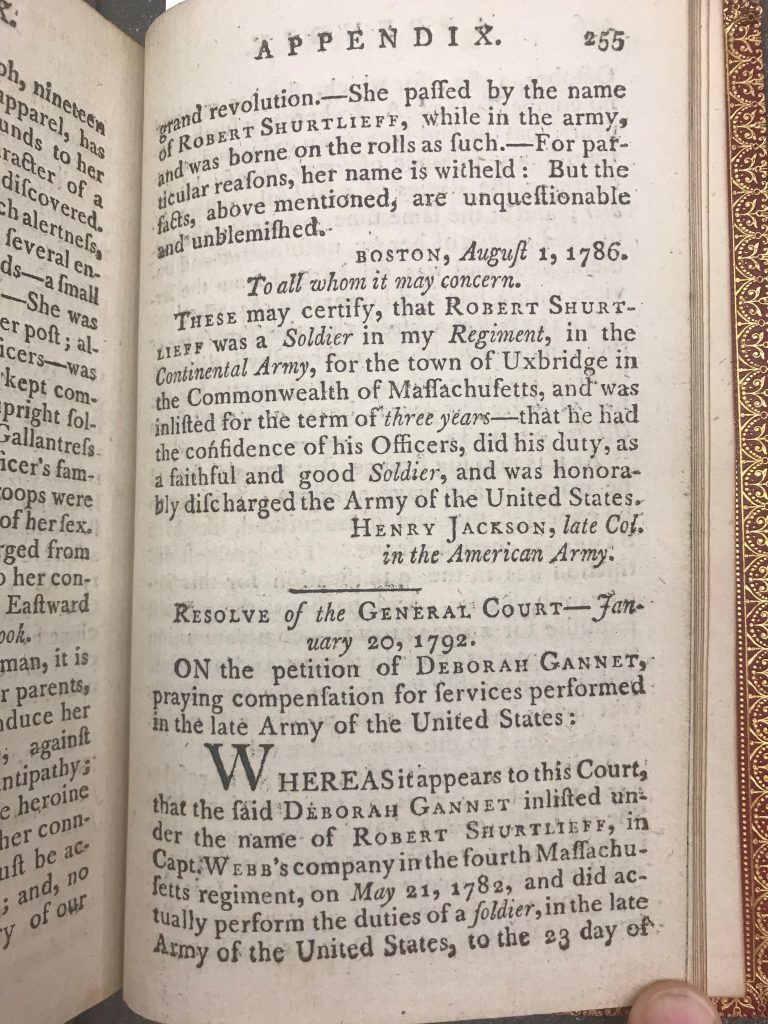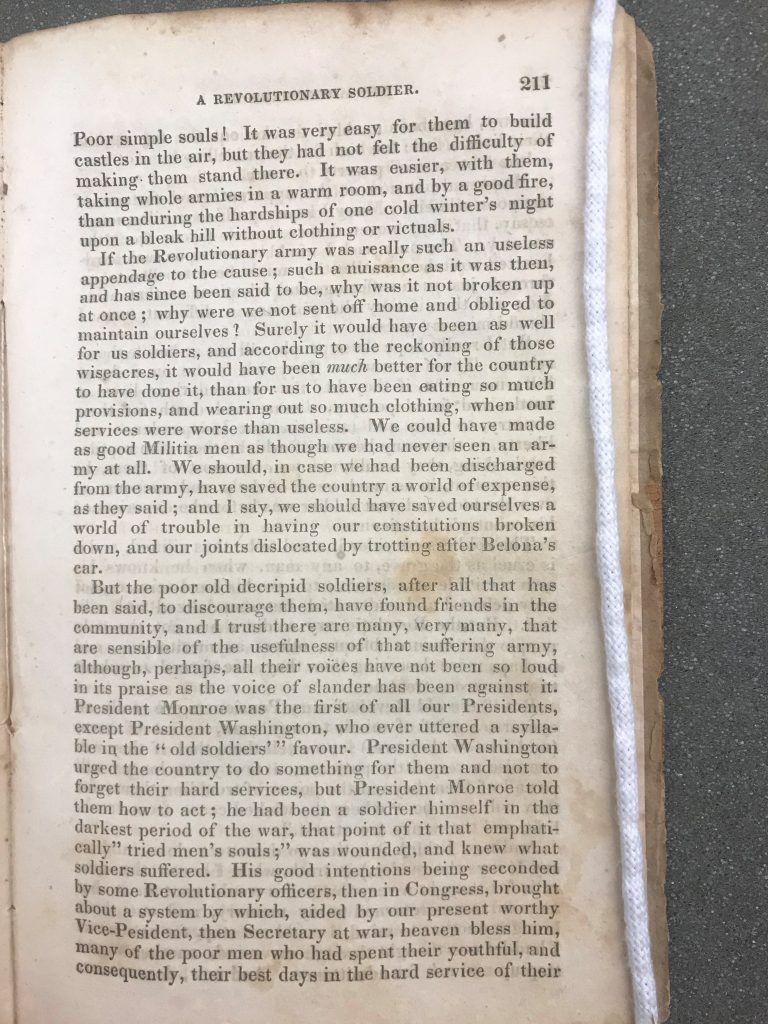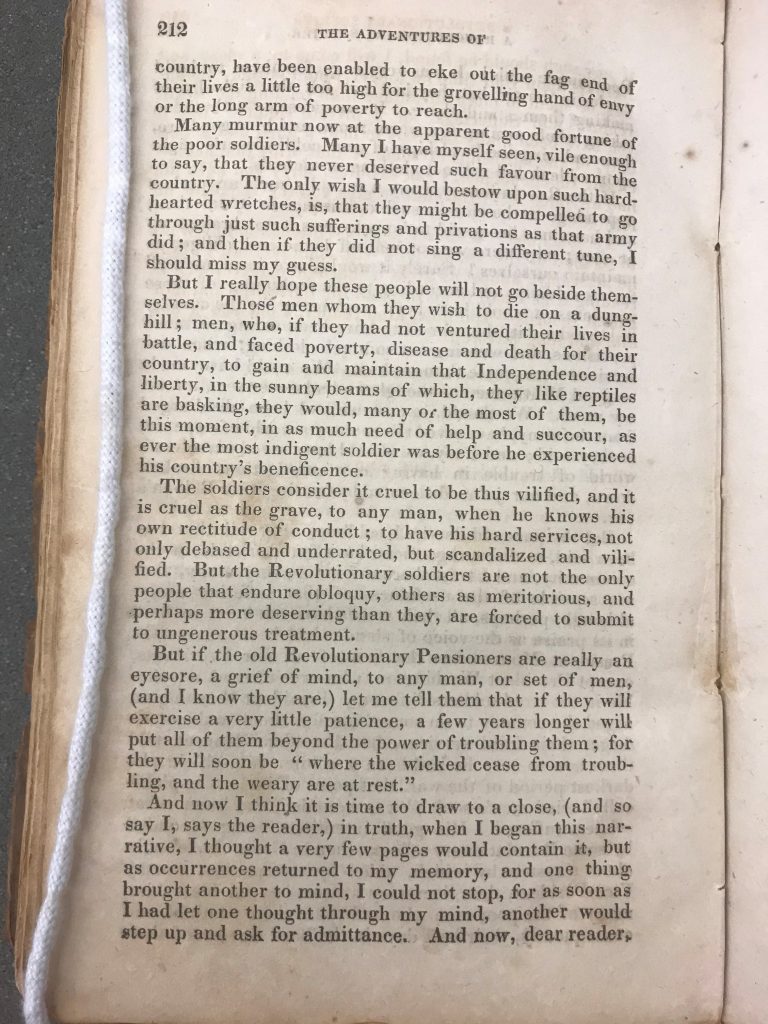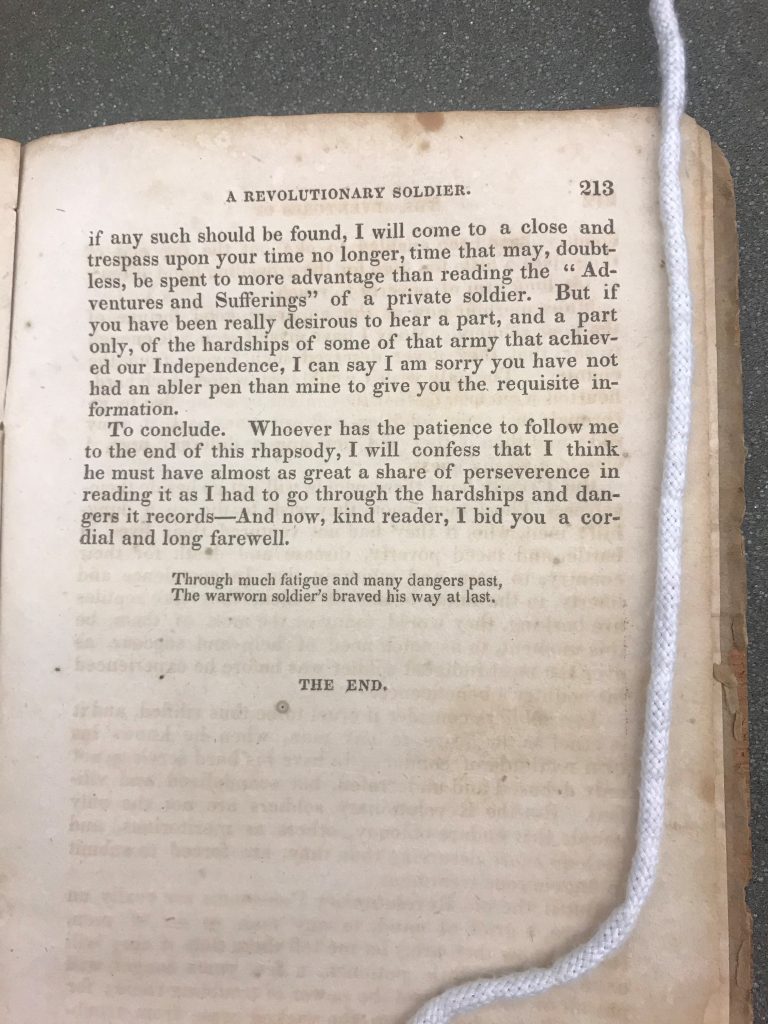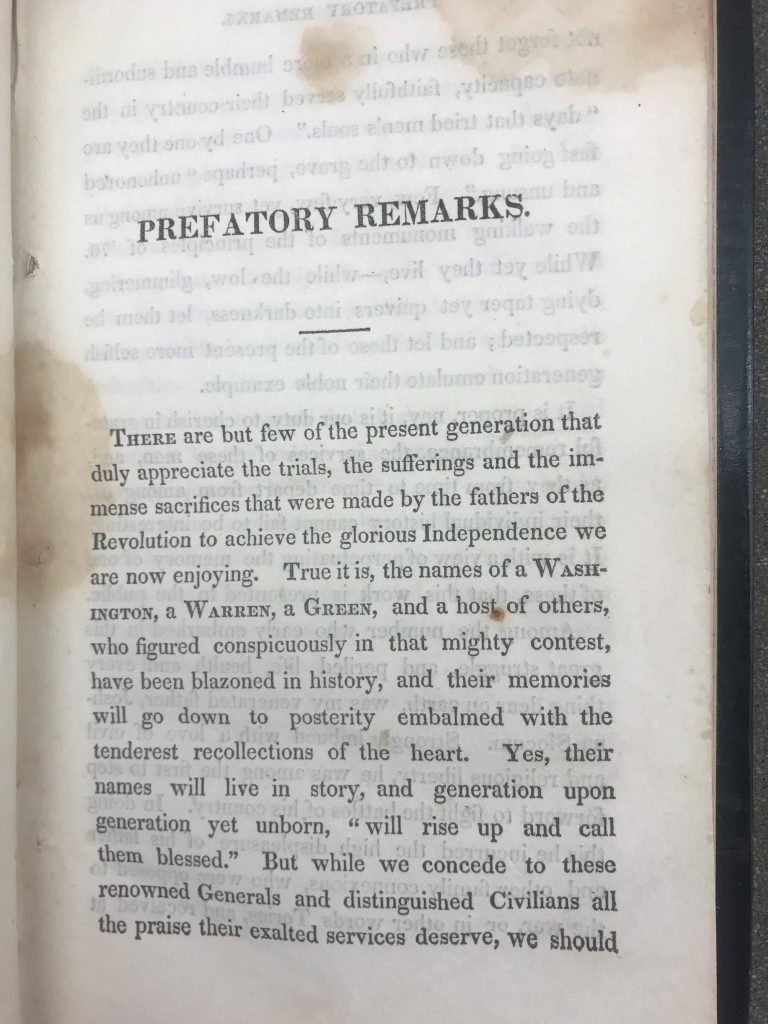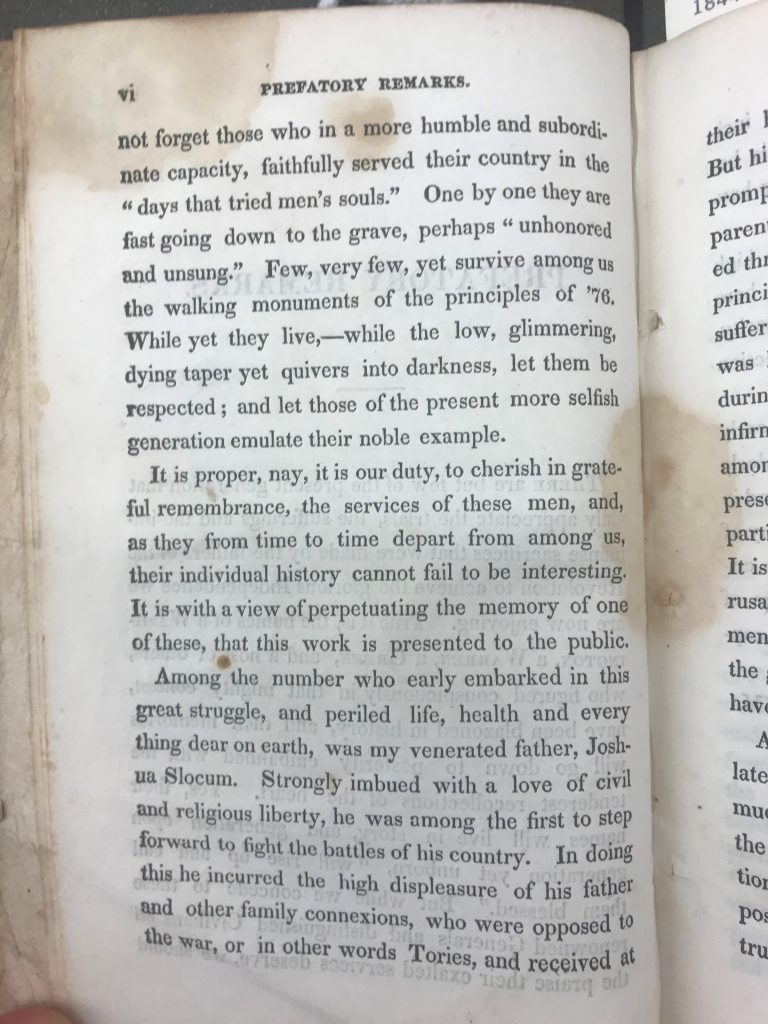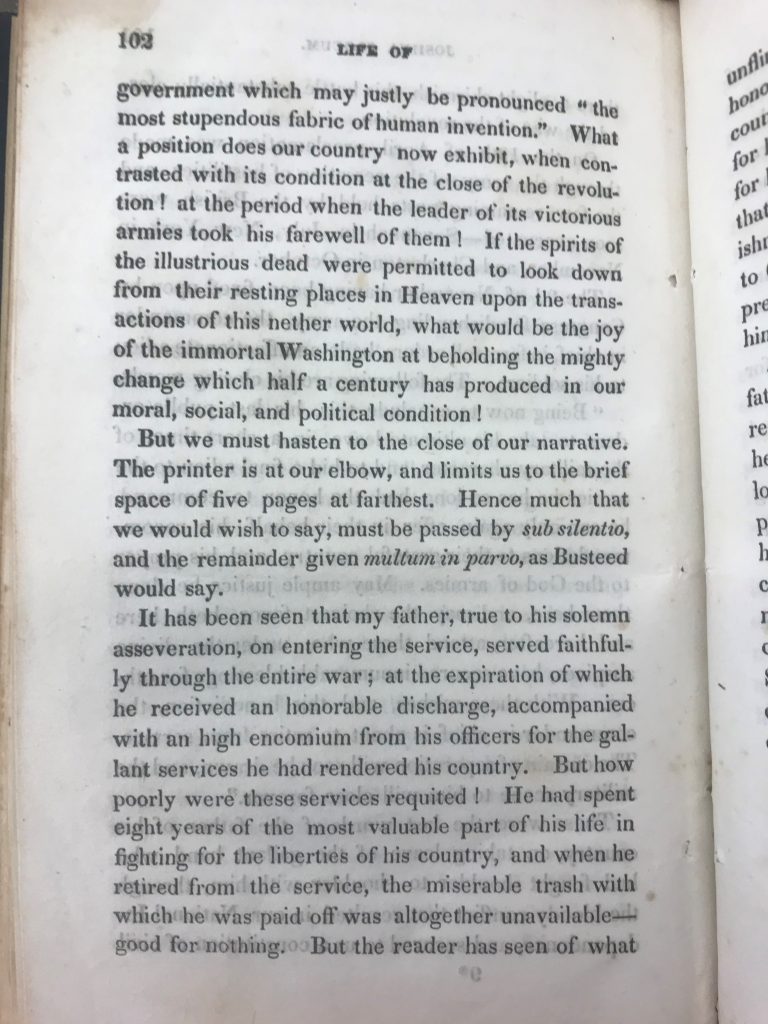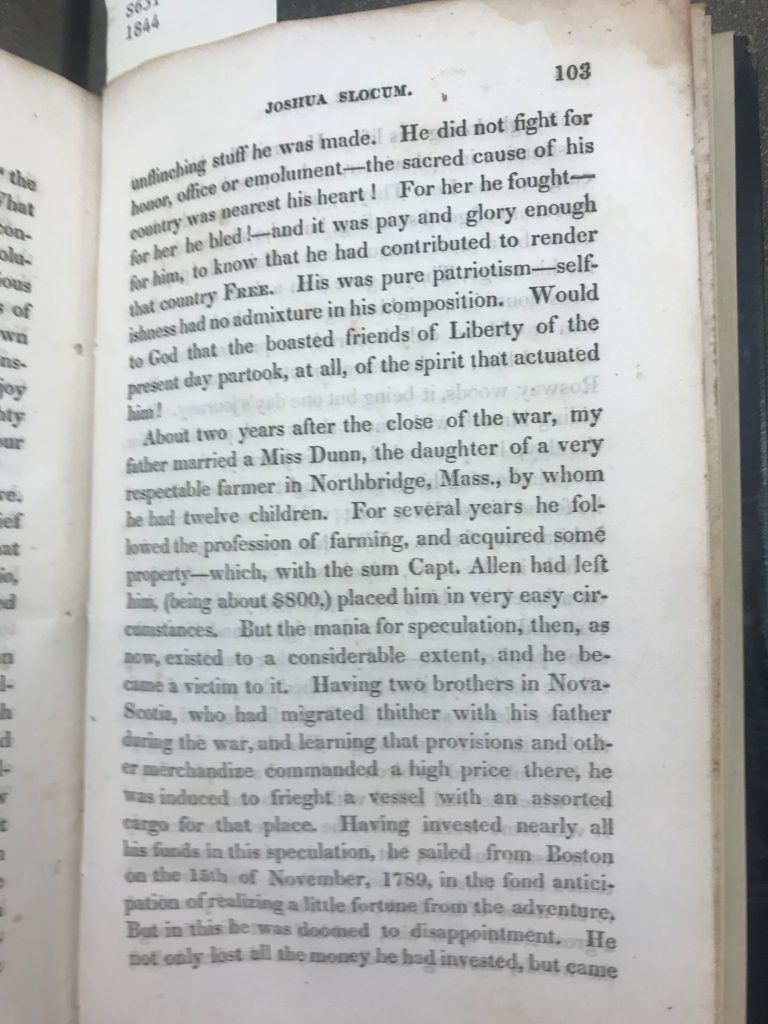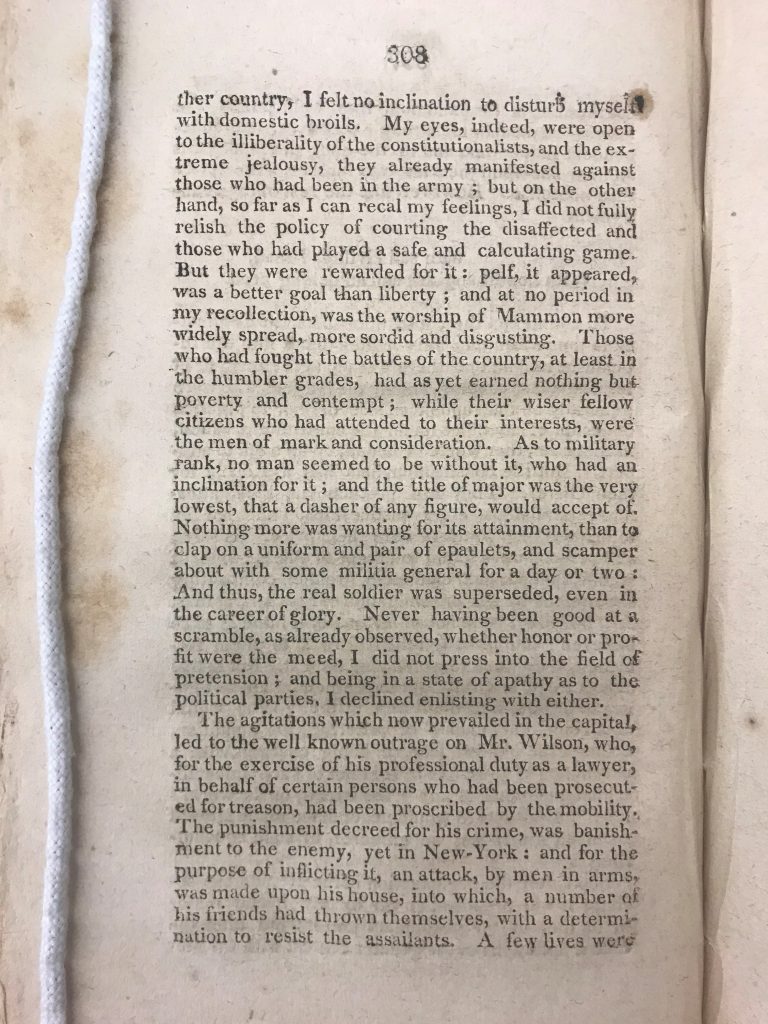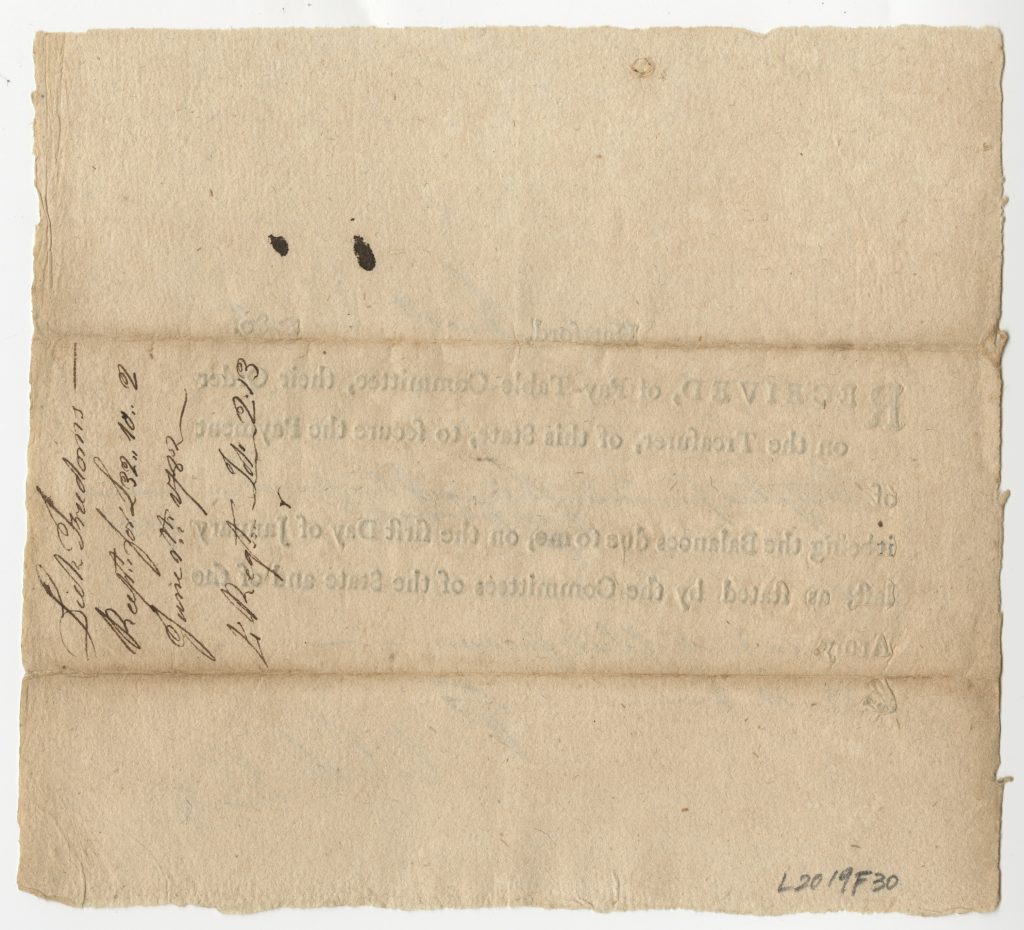Virginia Teacher Workshop, Fredericksburg Area Museum
Fredericksburg, Virginia
November 8, 2019
The marquis de Lafayette’s tour of America in 1824 and 1825 helped invigorate appreciation for the sacrifices made by America’s first veterans—individuals James Madison wrote suffered a “singular hardship” that “can never be forgotten.” Lafayette’s stop in Fredericksburg, Virginia is well-chronicled, as is the early life of the Society of the Cincinnati in the State of Virginia and its first leaders including Fredericksburg’s George Weedon. The following American Revolution Institute museum and library collection items can be used as primary sources in the classroom to tell the story of America’s first veterans and the marquis de Lafayette’s romantic return to America.
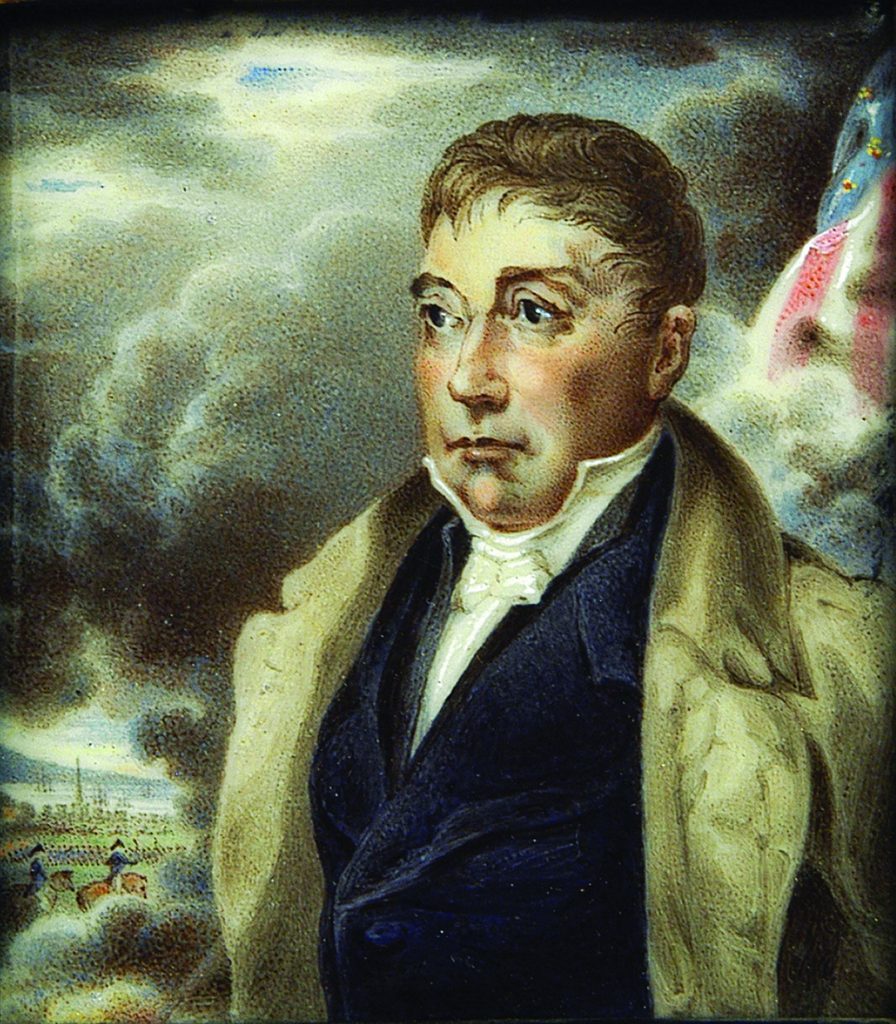
General Lafayette at the Anniversary of the Battle of York Town, Oct. 19, 1824
William Russell Birch (1755-1834) after Ary Scheffer (1795-1858)
ca. 1824-1834The Society of the Cincinnati, Gift of the Friends of the Boush-Tazewell House, Inc., 1991
Exactly forty-three years after the British surrendered at Yorktown, Lafayette returned to the battlefield while on his tour of the United States in 1824 and 1825. A crowd of more than ten thousand greeted the French hero. Recalling their triumph decades earlier, Lafayette dined on the battlefield with fellow war veterans under George Washington’s headquarters tent. This portrait of the French general—painted in enamel rather than watercolor, to be more durable and less expensive than typical portrait miniatures—was a souvenir of the Yorktown celebration.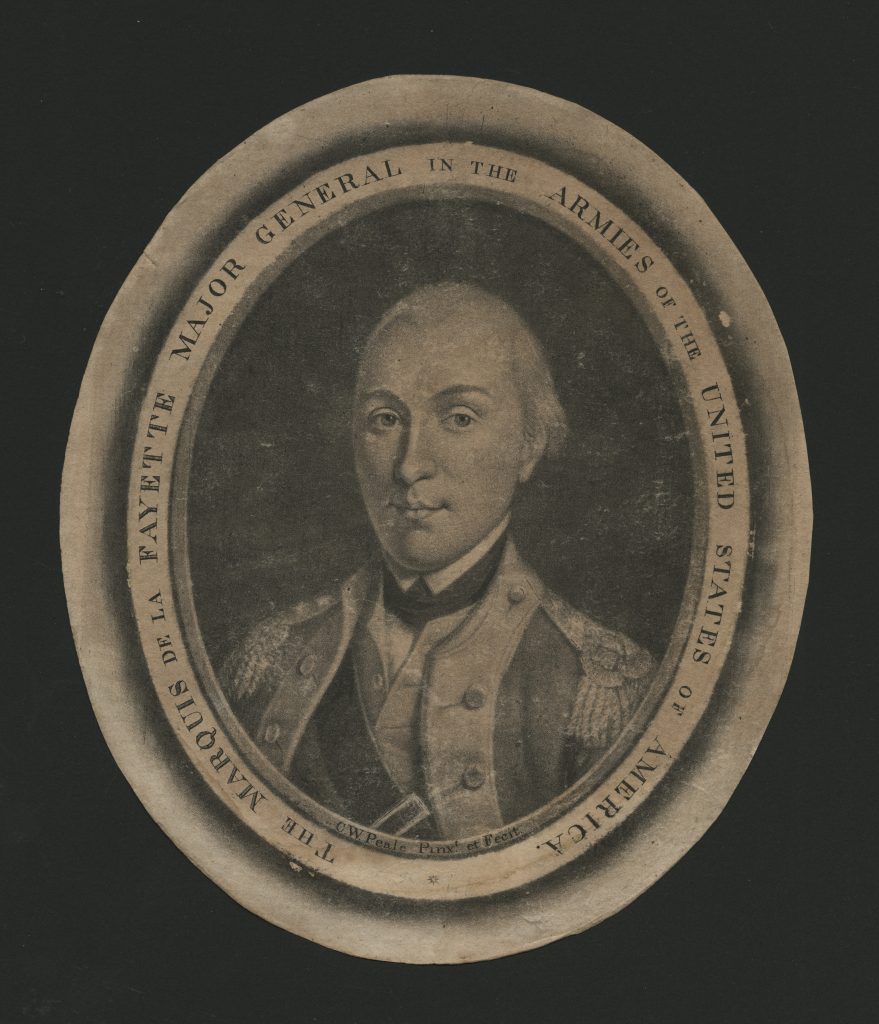
The Marquis de La Fayette Major General in the Armies of the United States of America
Charles Willson Peale, artist and engraver
Philadelphia, 1787The Society of the Cincinnati, The Robert Charles Lawrence Fergusson Collection
During the American Revolution, Lafayette became one of General Washington’s most trusted officers, an international hero and a champion of liberty. This mezzotint, based on Charles Willson Peale’s life portrait of Lafayette in 1780, captures the direct gaze of the idealistic young major general in his Continental Army uniform.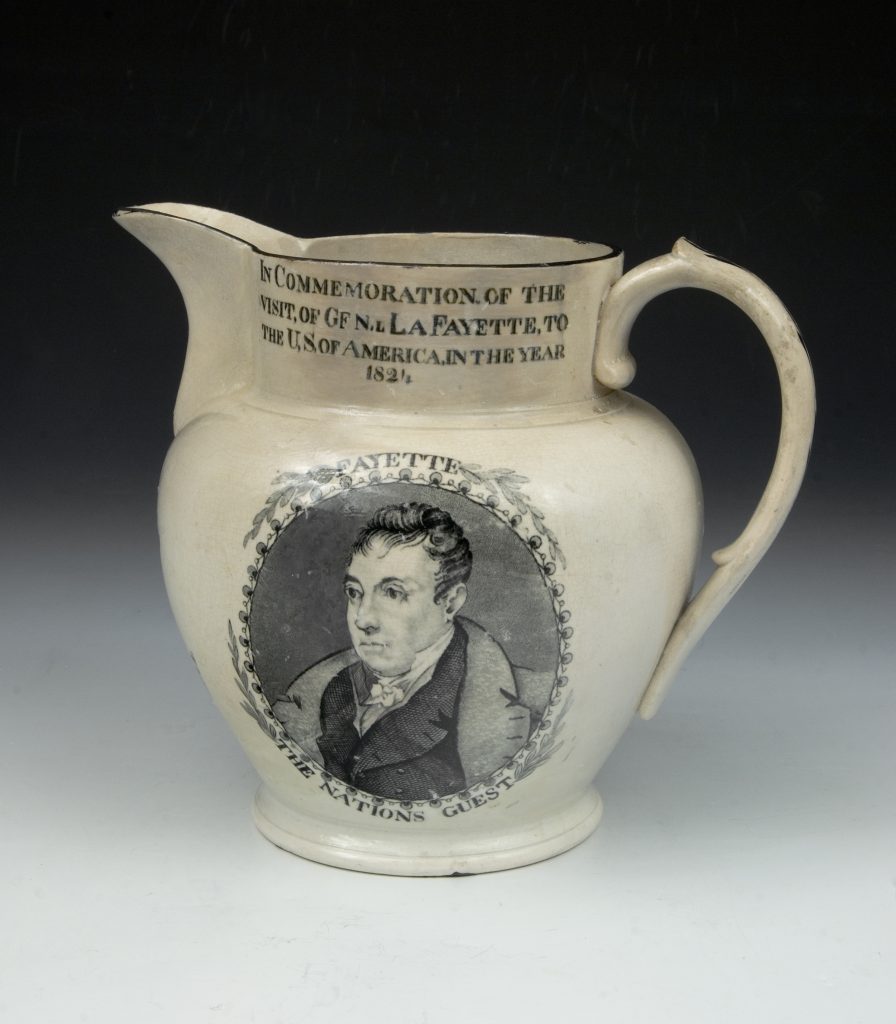
Jug commemorating the marquis de Lafayette's tour
Richard Hall & Son, Staffordshire, England
ca. 1824Earthenware and ink
The Society of the Cincinnati, Gift of the Friends of the Boush-Tazewell House, Inc., 1991
One side bears a portrait of Lafayette (based on Ary Scheffer's full-length oil portrait pained by 1824) with the slogan "The Nation's Guest" below and the additional text "In Commemoration of the / Visit, of GEN.L. La Fayette, to / the U.S. of America, In the Year / 1824" on the collar. The other side of the jug has a portrait of George Washington and related text. Made for export to the American market.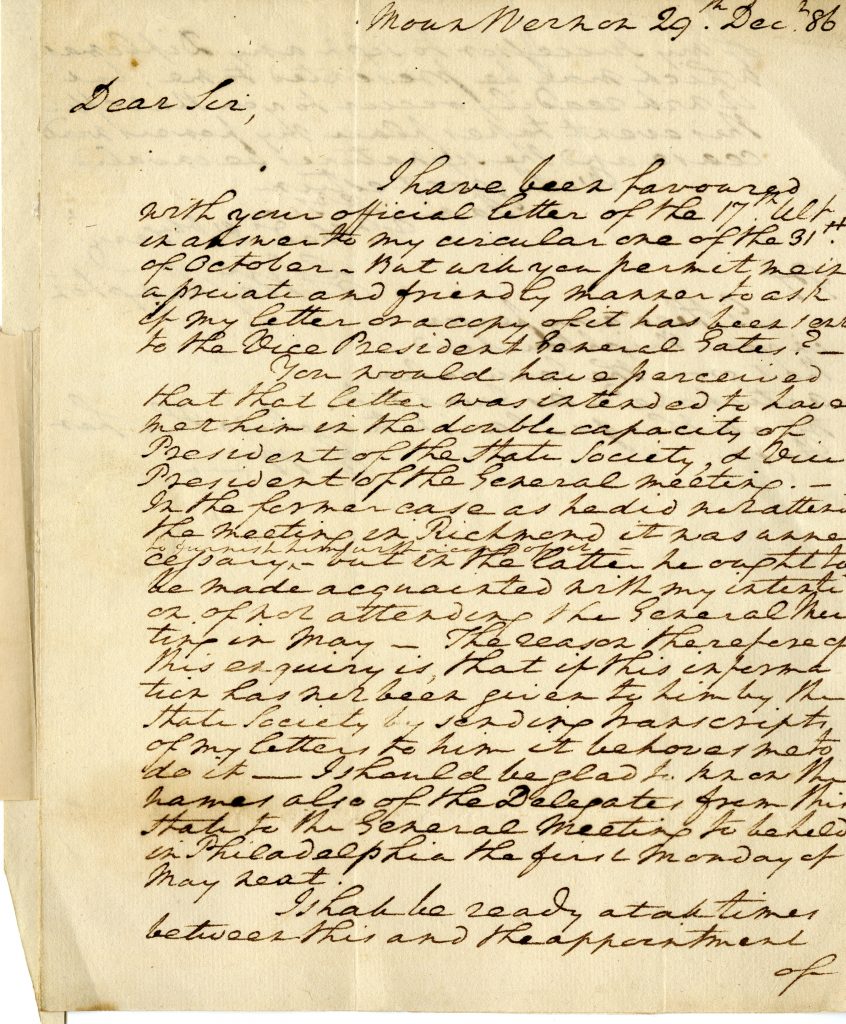
George Washington to George Weedon
December 29, 1786The Society of the Cincinnati, The Robert Charles Lawrence Fergusson Collection
Written to Weedon as the newly elected president of the Virginia Society, Washington follows up on his earlier circular letter notifying the constituent societies that he would not be able to attend the Society's Triennial Meeting in Philadelphia in May 1787 and asks Vice President General Horatio Gates to preside over the meeting in his place. Washington writes that he is "ready at all times between this and the appointment of my successor to sign any diplomas that might be presented to me." Neither Washington nor Gates attended the Society's 1787 Triennial Meeting. In a postscript, asking if there is "any person in your neighborhood that grows the Jerusalem artichoke?" for feed for his hogs.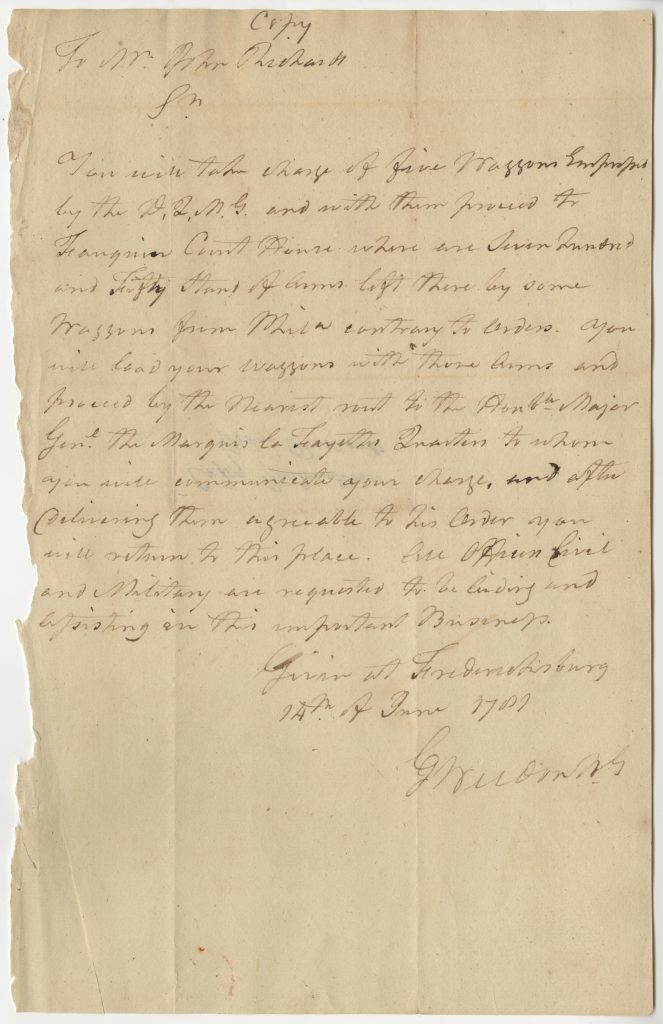
George Weedon to John Richards
June 14, 1781The Society of the Cincinnati, The Robert Charles Lawrence Fergusson Collection
A retained copy of a letter to John Richards, directing him to take charge of five wagons, proceed to [Fauquier?] Court House, "where are Seven hundred and fifty stand of Arms...." Richards is then to proceed to the headquarters of the Marquis de Lafayette. Weedon was an original member and president of the Virginia Society of the Cincinnati; at the time of these letters, he was on leave from the Continental Army and serving with the Virginia state troops.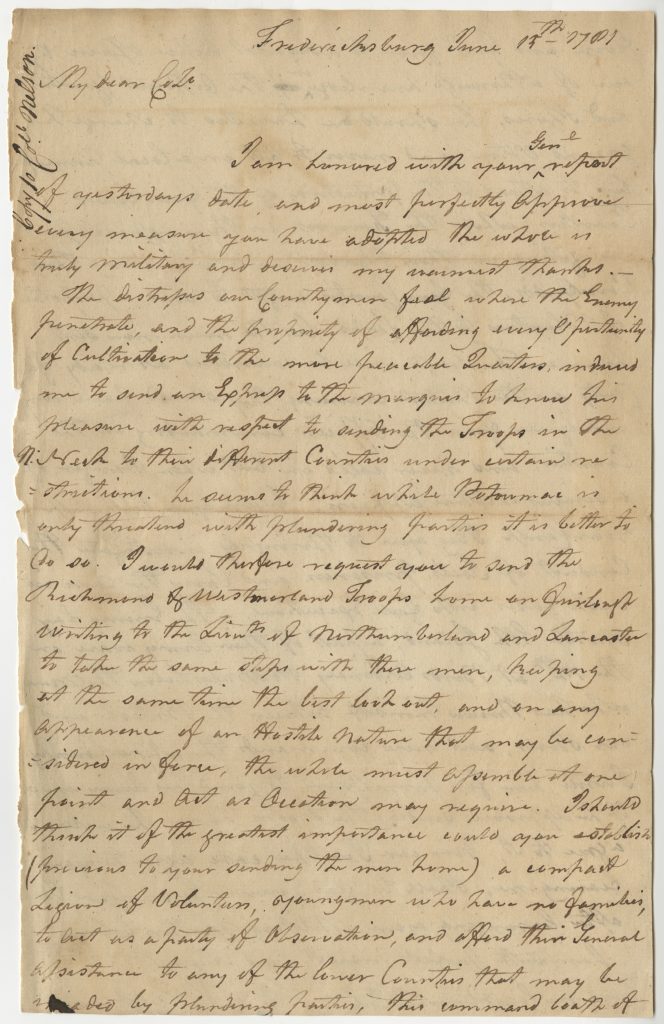
George Weedon to Col. Nelson
June 15, 1781The Society of the Cincinnati, The Robert Charles Lawrence Fergusson Collection
Letter to Col. [William?] Nelson mentioning Lafayette and military actions in Virginia. Urges that Lafayette establish "a compact legion of volunteers, young men who have no families to act as a party of observation..." He locates the enemy off Elk Island and is eager to join Lafayette. Weedon was an original member and president of the Virginia Society of the Cincinnati; at the time of these letters, he was on leave from the Continental Army and serving with the Virginia state troops.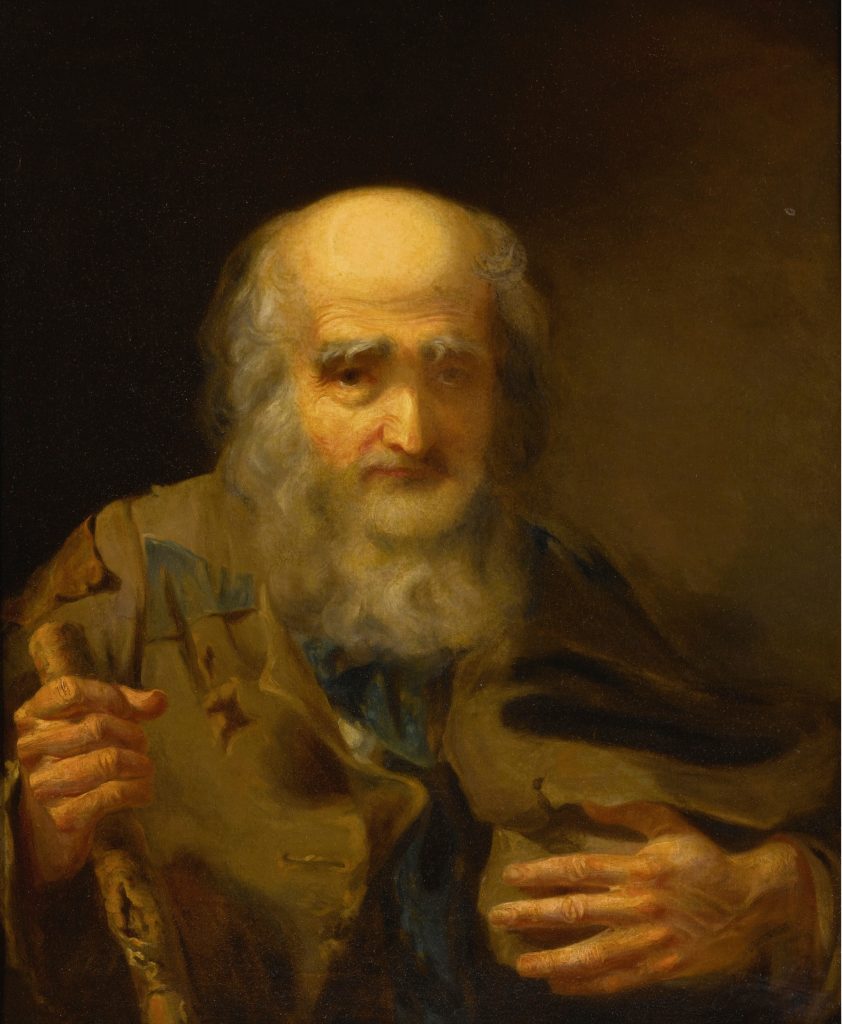
A Pensioner of the Revolution
John Neagle (1796-1865)
1830The Society of the Cincinnati, Museum purchase, 2017
This somber and arresting portrait depicts a homeless veteran living on the street in Philadelphia named Joseph Winter. The painting attracted popular attention in early 1831, when John Sartain published a mezzotint engraving of the work titled Patriotism and Age, which became a call to the conscience of the nation to care for those who had fought its battles and won its freedom.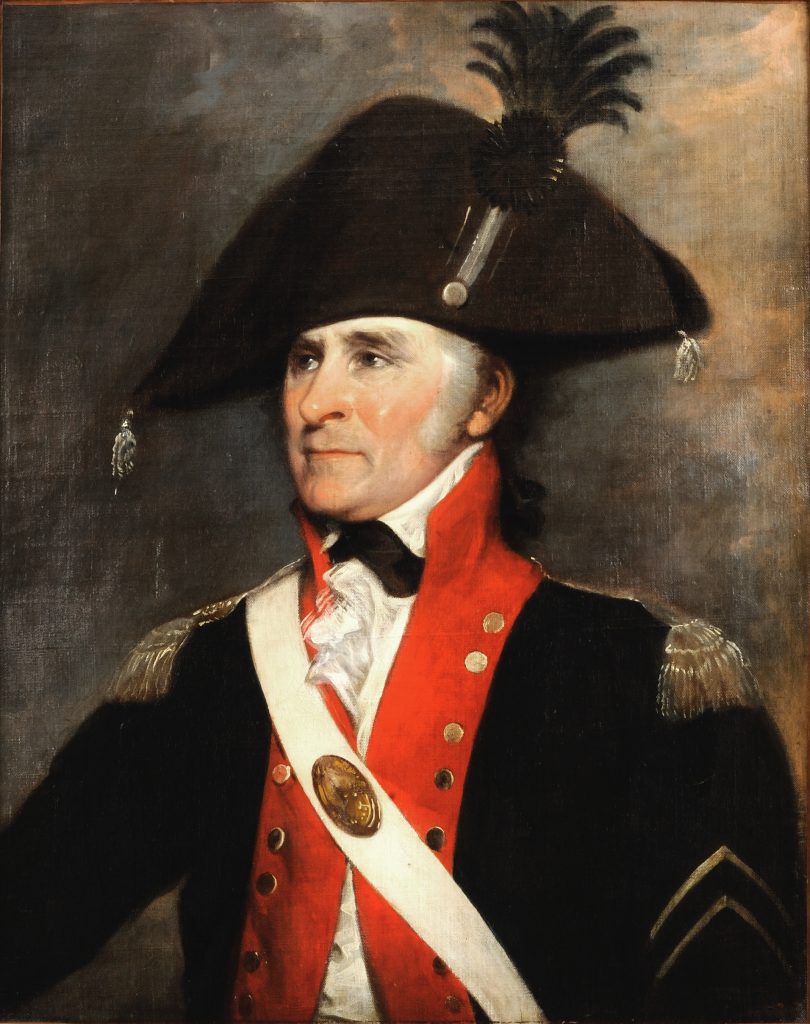
Bryan Rossiter
John Trumbull (1756-1843)
ca. 1806-1808New York State Society of the Cincinnati
Veteran enlisted men like Bryan Rossiter (1760-1834), a sergeant in the Continental Army, waited decades to secure what was due to them. Rossiter settled in New York City after the war. As a veteran non-commissioned officer, he was not eligible to join the Society of the Cincinnati, but the New York branch appointed him sergeant at arms in 1801. John Trumbull’s portrait of Rossiter depicts him in his sergeant at arms uniform with two white chevrons on his left sleeve, indicating that Rossiter had been awarded the Badge of Merit.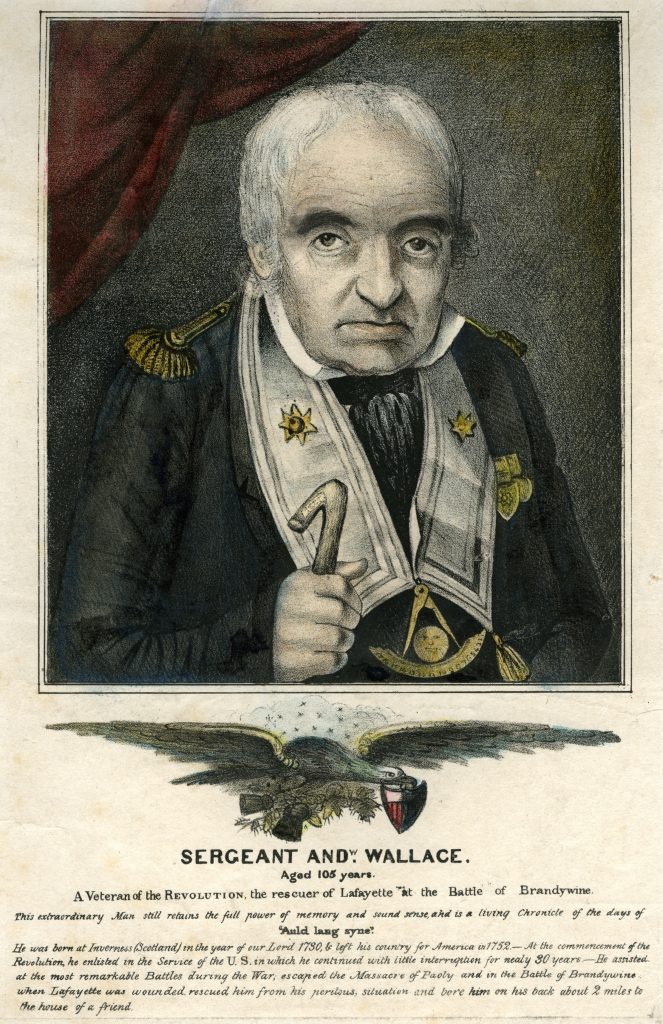
Sergeant Andw. Wallace
ca. 1835The Society of the Cincinnati, The Robert Charles Lawrence Fergusson Collection
Hand-colored lithograph portrait of an elderly man in Masonic regalia titled, “Sergeant Andw. Wallace. Aged 105 years. A Veteran of the Revolution, the rescuer of Lafayette at the Battle of Brandywine.”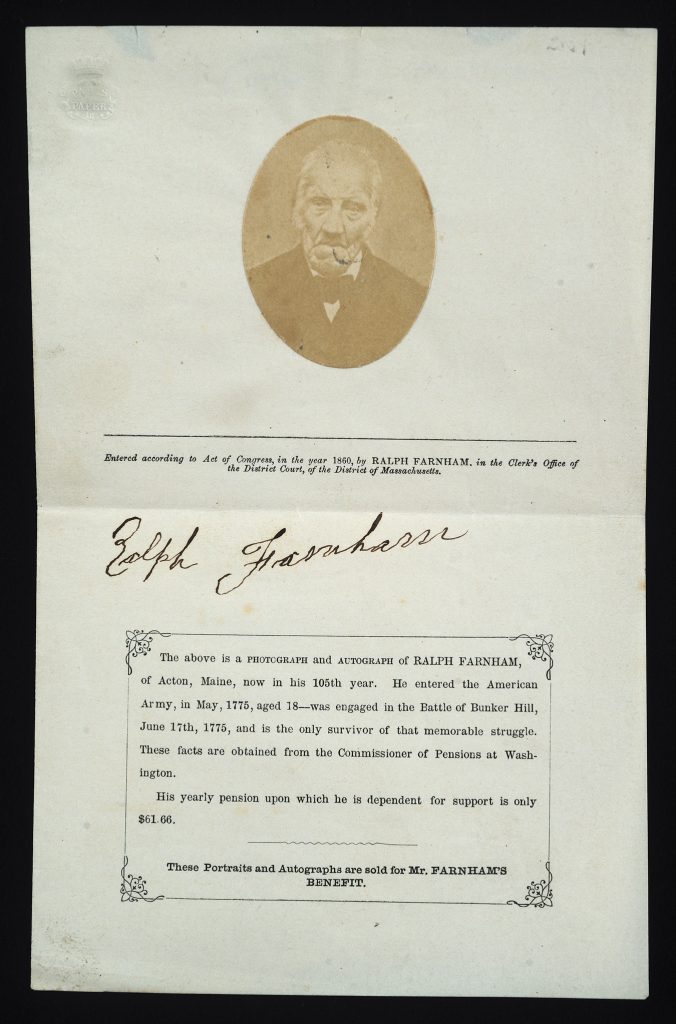
Photographic print of Ralph Farnham
1860The Society of the Cincinnati, The Robert Charles Lawrence Fergusson Collection
Small oval portrait (salt print) of Ralph Farnham of Acton, Maine, at the top of a leaflet with his autograph and printed text about him. Text asserts he was 105 years old, joined the army in 1775 at the age of eighteen, fought at the Battle of Bunker Hill, and is “the only survivor of that memorable struggle.” Sold to benefit Farnham, presumably to supplement his annual pension of $61.66. (The National Archives book lists a Ralph Farnham of Massachusetts who received a federal bounty land warrant (#9451-160-55) and a pension (S31018).)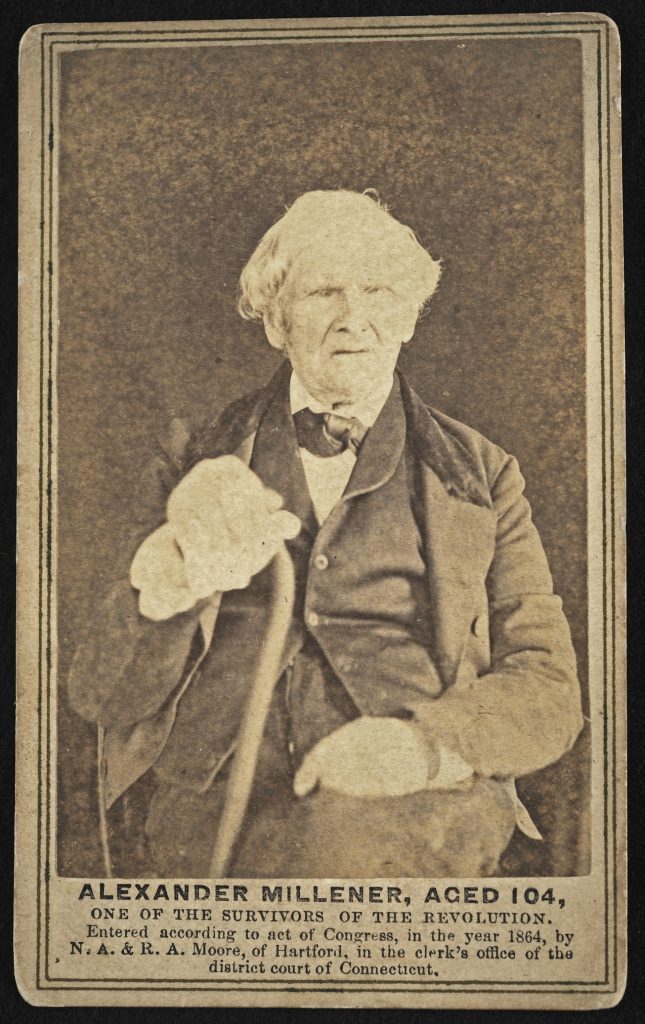
Alexander Millener, Aged 104
Hartford, Conn.: N. A. & R. A. Moore, 1864The Society of the Cincinnati
Carte de visite albumen print, text below identifies Millener as “one of the survivors of the Revolution.” (Under the name Alexander Millener in the National Archives book, it says to see the name Alexander Marony, who received a federal pension (S42925).)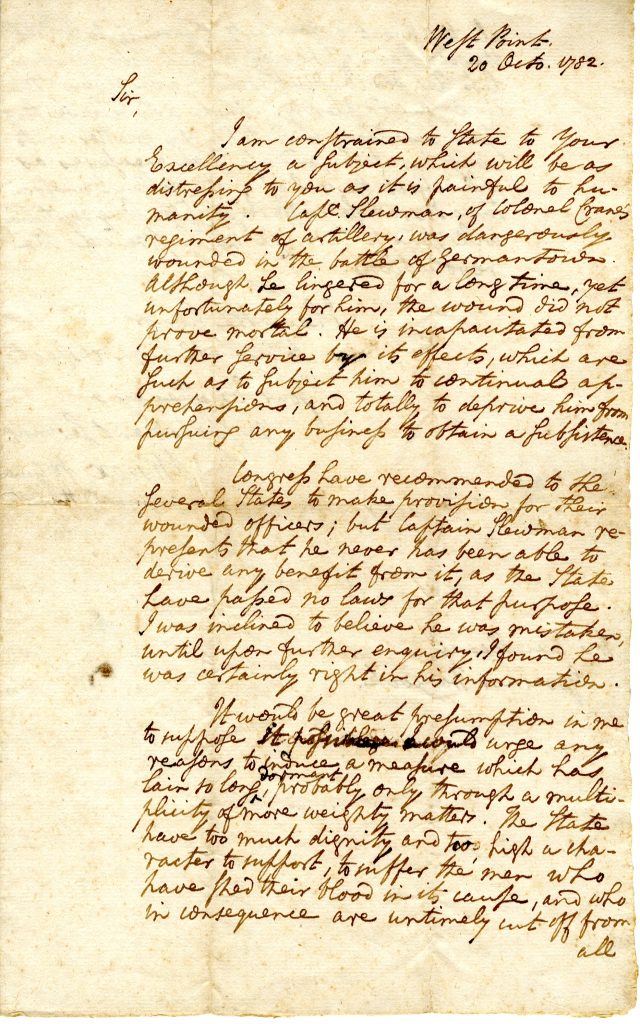
Henry Knox to John Hancock
October 20, 1782The Society of the Cincinnati, The Robert Charles Lawrence Fergusson Collection
In this wartime letter, Henry Knox appealed to Governor John Hancock of Massachusetts for support for Capt. John Sluman of Crane’s Artillery Regiment, who was permanently disabled by wounds inflicted at the Battle of Germantown in 1777. Sluman was awarded a half-pay disability pension of $300 per year from Massachusetts in 1784. Congress assumed responsibility for disability pensions in 1792 and paid Sluman $300 annually until his death in 1816.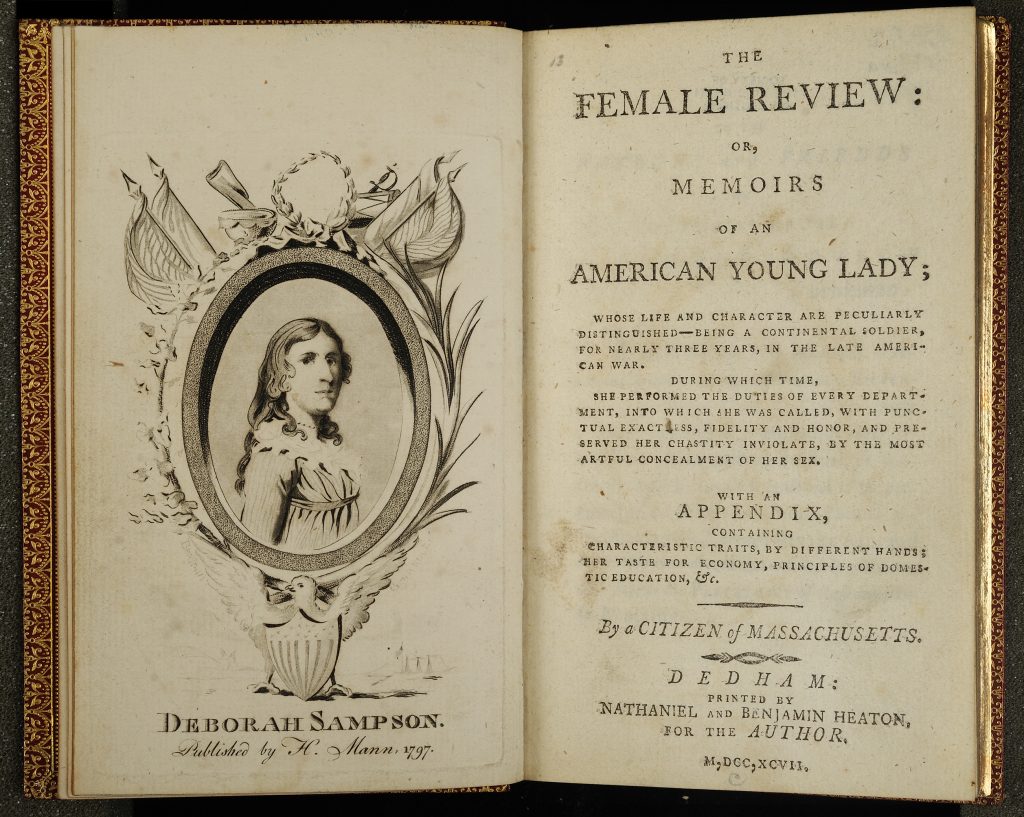
The Female Review: or, Memoirs of an American Young Lady
“A Citizen of Massachusetts” [Herman Mann]
Dedham, Mass.: Nathaniel and Benjamin Heaton, for the Author, 1797The Society of the Cincinnati, The Robert Charles Lawrence Fergusson Collection
Deborah Sampson (1760-1827) enlisted in the Massachusetts Continental Line in May 1782 using the name “Robert Shurtleff.” Mixing fact with romantic inventions, this imaginative account of Sampson’s wartime service was published to support her case for a pension. In 1805 she received a disability pension of $4 a month, which she relinquished to accept a pension of $8 a month awarded under the Pension Act of 1818.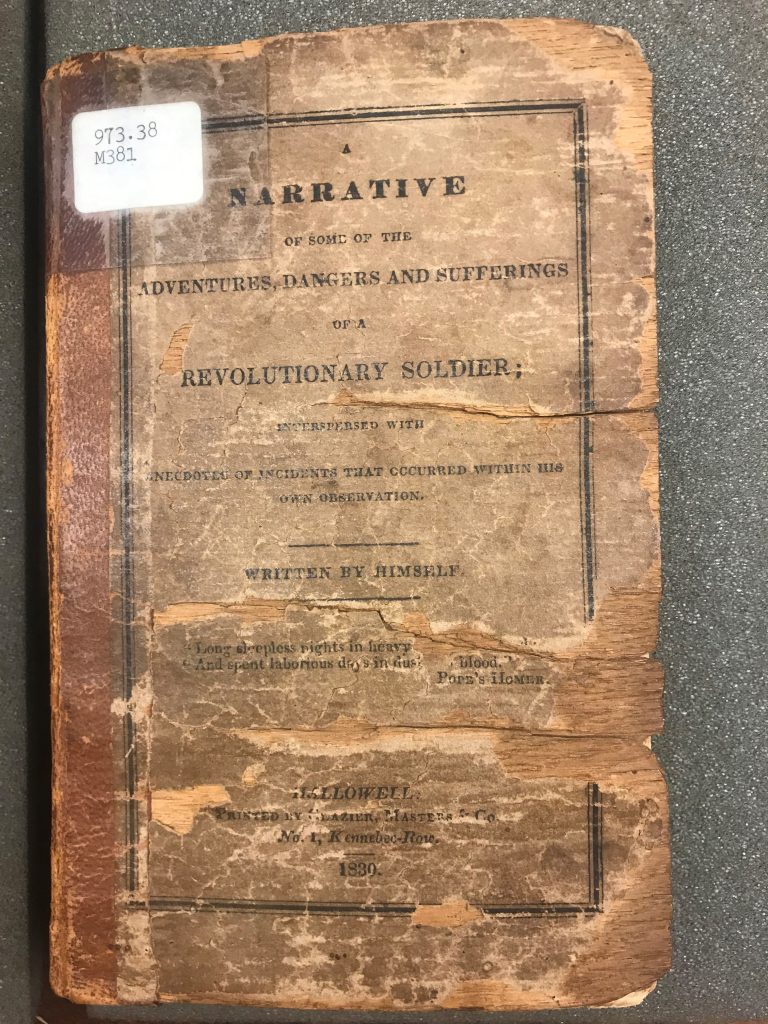
A Narrative of Some of the Adventures, Dangers and Sufferings of a Revolutionary Soldier
Joseph Plumb Martin
Hallowell, [Maine]: Printed by Glazier, Masters & Co., 1830The Society of the Cincinnati
In the Preface: “every private soldier in an army thinks his particular services as essential to carry on the war he is engaged in, as the services of the most influential general; and why not? what could officers do without such men? Nothing at all.” Narrative ends with several pages on disappointments after the war: “the war was over, and the prize won for which we had been contending through eight tedious years. But the soldiers said but very little about it … Starved, ragged and meagre, not a cent to help themselves with, and no means or method in view to remedy or alleviate their condition; this was appaling in the extreme” (p. 202). Published anonymously; author is listed on the title page only as “written by himself.” Joseph Plumb Martin (1759-1850) was an enlisted man in the Connecticut militia and Continental Army.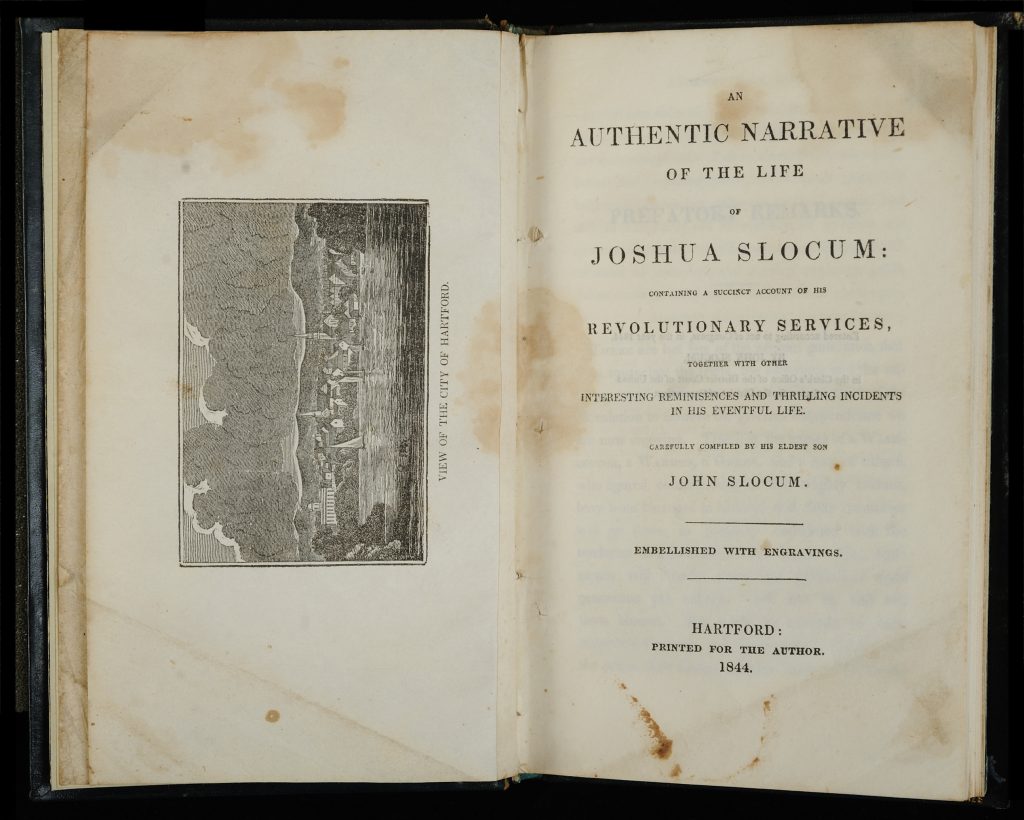
An Authentic Narrative of the Life of Joshua Slocum
Hartford: Printed for the author, 1844The Society of the Cincinnati, The Robert Charles Lawrence Fergusson Collection
Prefatory Remarks: “The names of a Washington, a Warren, a Green, and a host of others, who figured conspicuously in that mighty contest, have been blazoned in history, and their memories will go down to posterity embalmed with the tenderest recollections of the heart. … But while we concede to these renowned Generals and distinguished Civilians all the praise their exalted service deserve, we should not forget those who in a more humble and subordinate capacity, faithfully served their country … While yet they live,—while the low, glimmering, dying taper yet quivers into darkness, let them be respected; and let those of the present more selfish generation emulate their noble example” (pp. v-vi). Edited by John Slocum, the subject’s son. View of the city of Hartford on the frontispiece.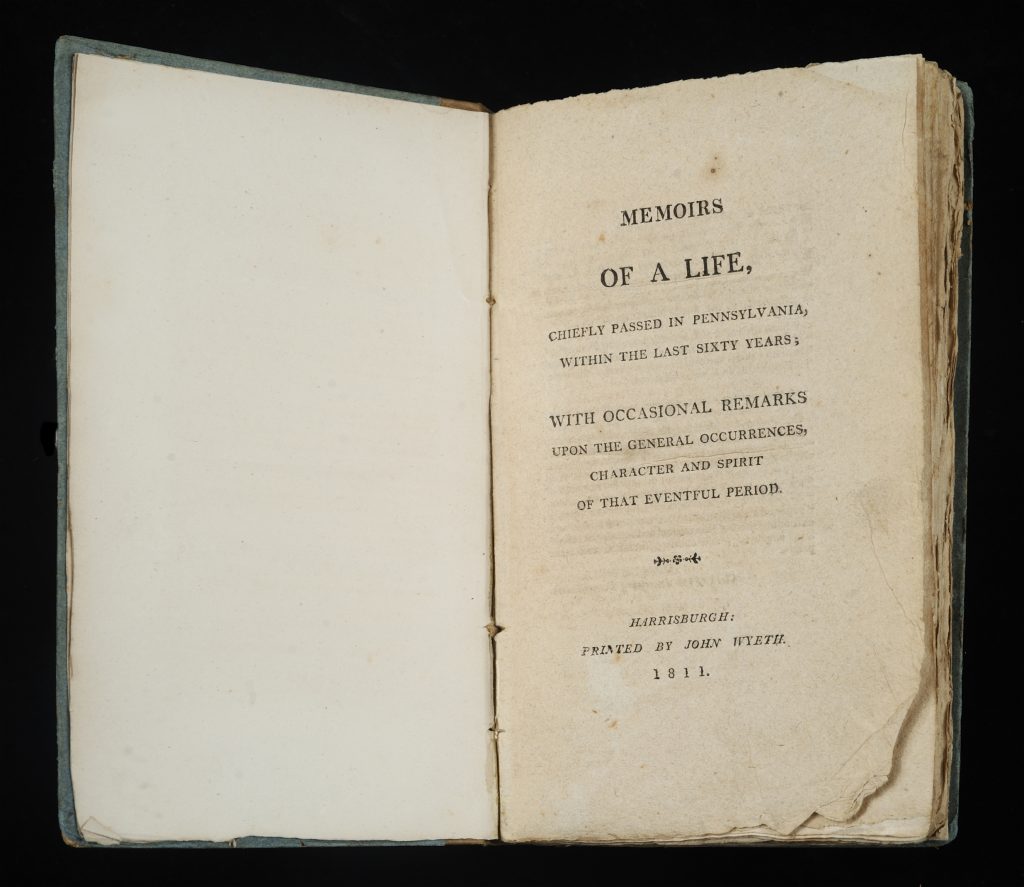
Memoirs of a Life, Chiefly Passed in Pennsylvania
Alexander Graydon
Harrisburgh: Printed by John Wyeth, 1811The Society of the Cincinnati, Gift of Jack and Janet Warren, 2003
Alexander Graydon (1752-1818), a captain in the Pennsylvania Continental Line, received a federal pension (S39623) and bounty land warrant (#806) for 300 acres, issued on January 5, 1791. Writes that, during the late 1780s, Revolutionary War veterans "had as yet earned nothing but poverty and contempt" (p. 308).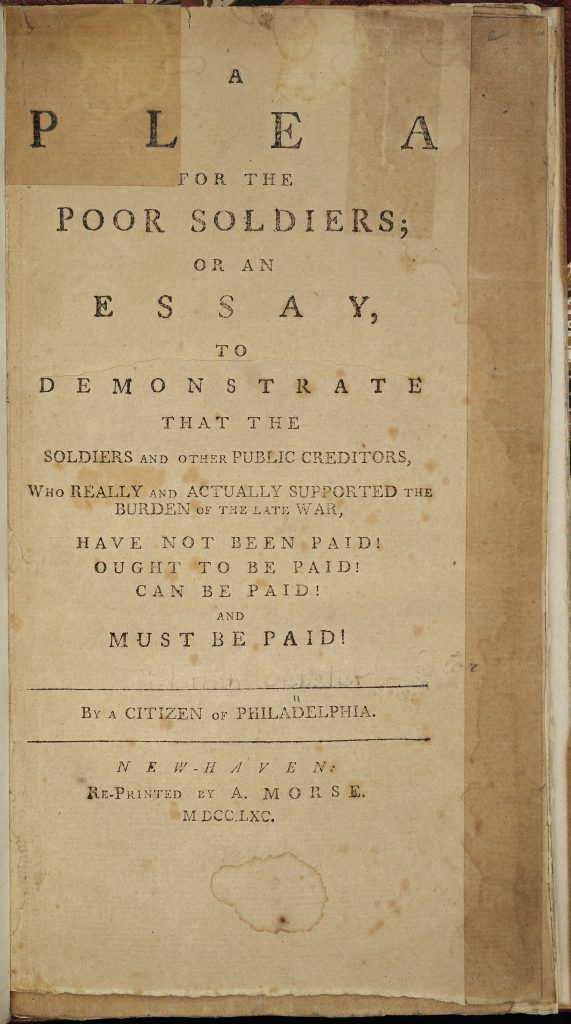
A Plea for the Poor Soldiers; or An Essay, to Demonstrate that the Soldiers and Other Public Creditors Who Really and Actually Supported the Burden of the Late War, Have Not Been Paid! Ought to be Paid! Can be Paid! And Must be Paid!
New-Haven: Re-printed by A. Morse, 1790The Society of the Cincinnati, The Robert Charles Lawrence Fergusson Collection
title page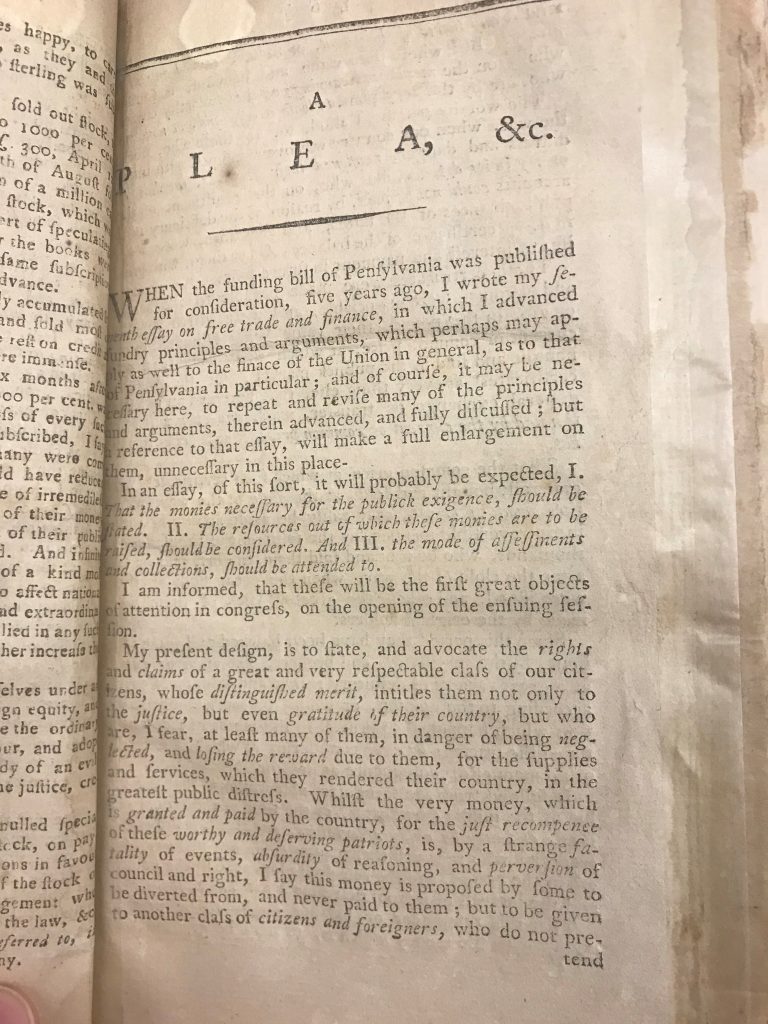
A Plea for the Poor Soldiers; or An Essay, to Demonstrate that the Soldiers and Other Public Creditors Who Really and Actually Supported the Burden of the Late War, Have Not Been Paid! Ought to be Paid! Can be Paid! And Must be Paid!
New-Haven: Re-printed by A. Morse, 1790The Society of the Cincinnati, The Robert Charles Lawrence Fergusson Collection
Argues for the need to pay the debt owed to those Americans first before foreign debt is paid. Signed “A Citizen of Philadelphia”—Authorship attributed to Pelatiah Webster (1726-1795), a noted Federalist who wrote political essays mostly on financial issues. Second edition—first edition published in Philadelphia earlier in 1790.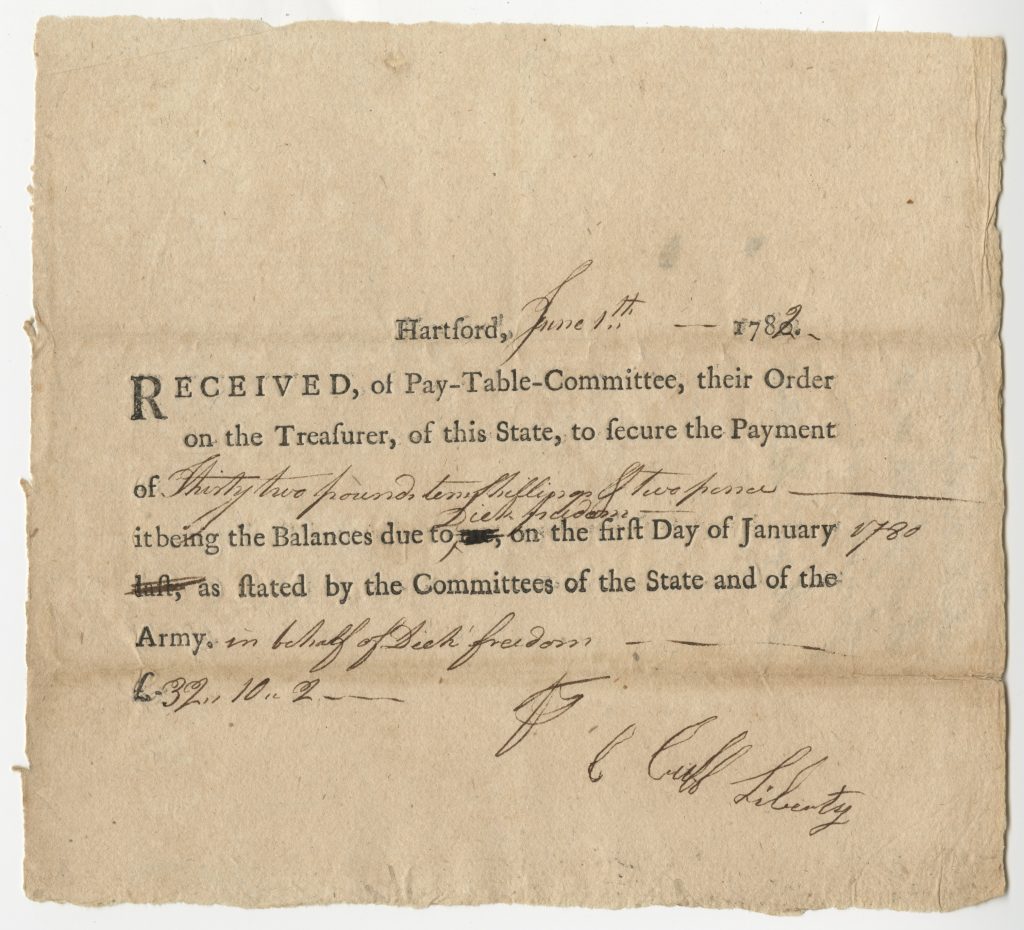
Receipt of Pay-Table-Committee
Hartford, June 7, 1782The Society of the Cincinnati,The Robert Charles Lawrence Fergusson Collection
Signed for Dick Freedom by Cuff Liberty. Dick Freedom and Cuff Liberty were African-American participants in the Revolutionary War who adopted aspirational names during their service. Dick Freedom and Cuff Liberty served in the all-black Second Company of the Fourth Connecticut Regiment.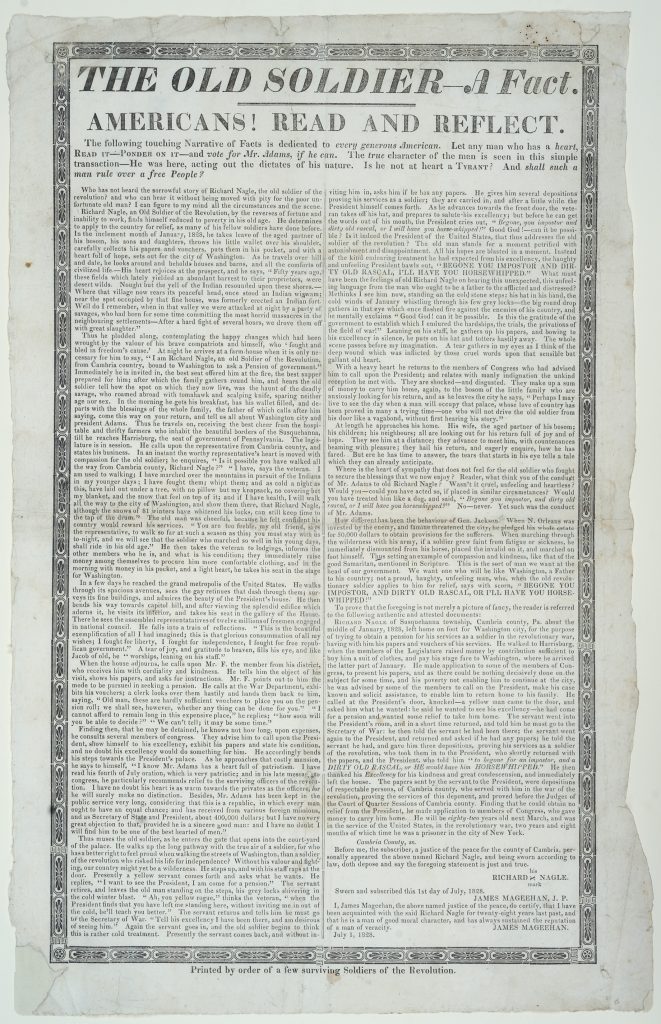
The Old Soldier—A Fact
Printed by order of a few surviving Soldiers of the Revolution, 1828The Society of the Cincinnati, The Robert Charles Lawrence Fergusson Collection
This broadside from the presidential campaign of 1828 relates the mistreatment of a Revolutionary War veteran seeking a pension by John Quincy Adams and assures readers that Andrew Jackson would correct the injustices of the Adams administration toward veterans. “Where is the heart of sympathy,” the broadside asks, “that does not feel for the old soldier who fought for the blessings we now enjoy?”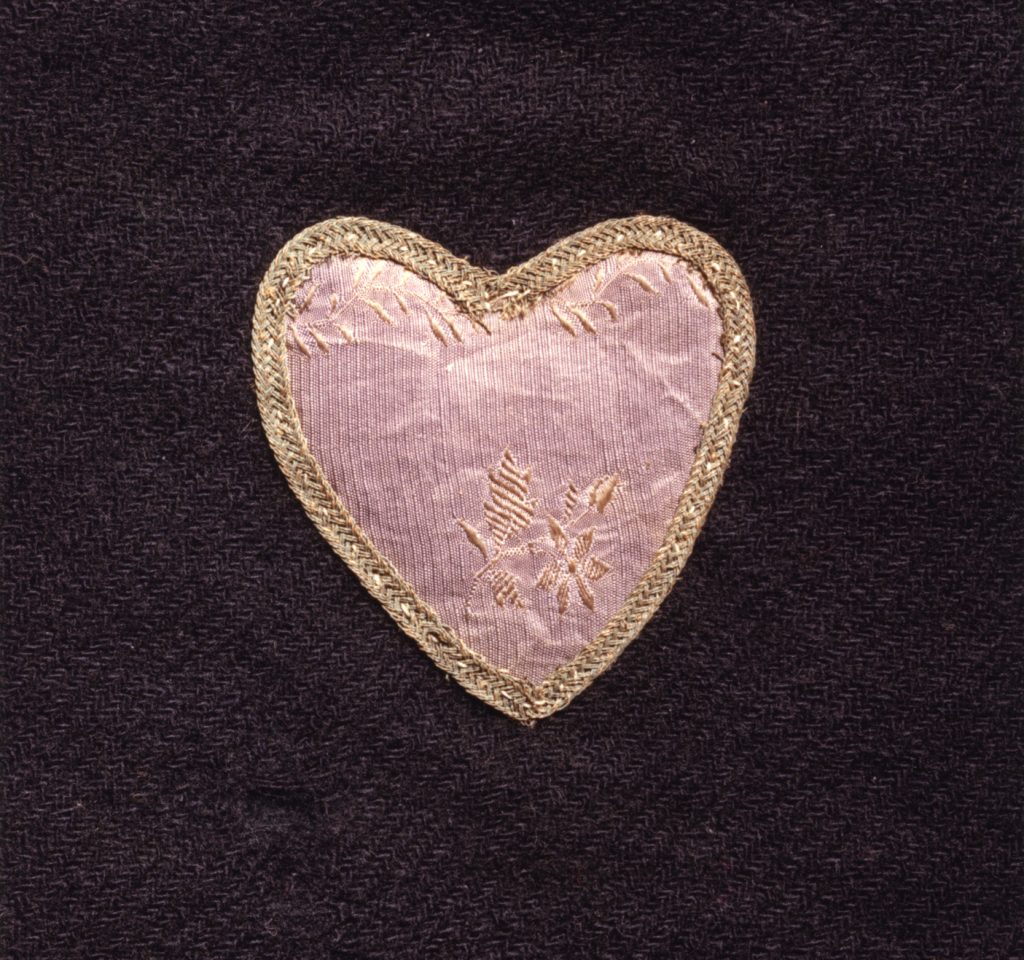
Badge of Military Merit
ca. 1782-1783Collection of the American Independence Museum, Exeter, NH and the Society of the Cincinnati in the State of New Hampshire. Gift of William L. Willey.
George Washington created the Badge of Military Merit—the first military decoration for enlisted men—on August 7, 1782. The award recognized distinguished conduct and was intended to encourage “virtuous ambition” and “every species of Military merit.” Soldiers honored with the award “shall be permitted to wear on his facings over the left breast, the figure of a heart in purple cloth, or silk, edged with narrow lace or binding.” Only two reputed examples are known, of which this is one. The decoration fell out of use after the Revolutionary War but was revived in 1932 as the modern Purple Heart.